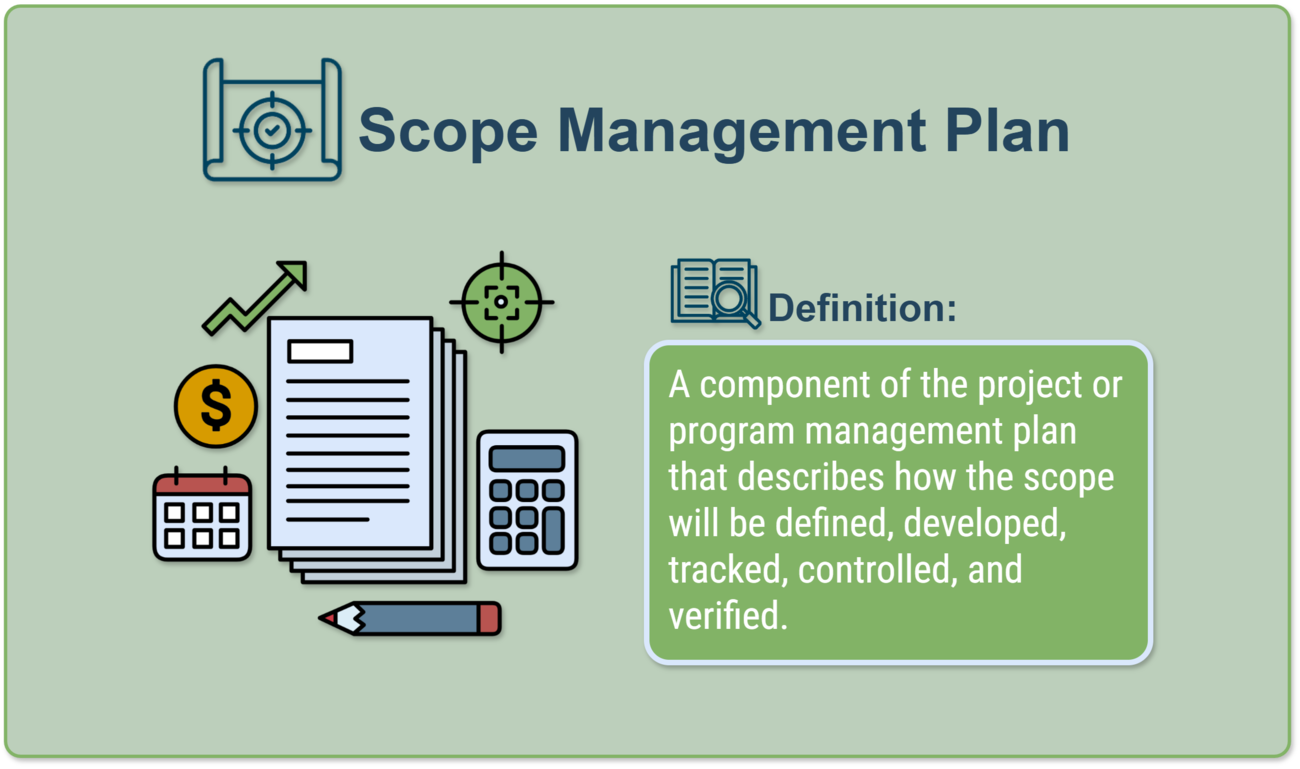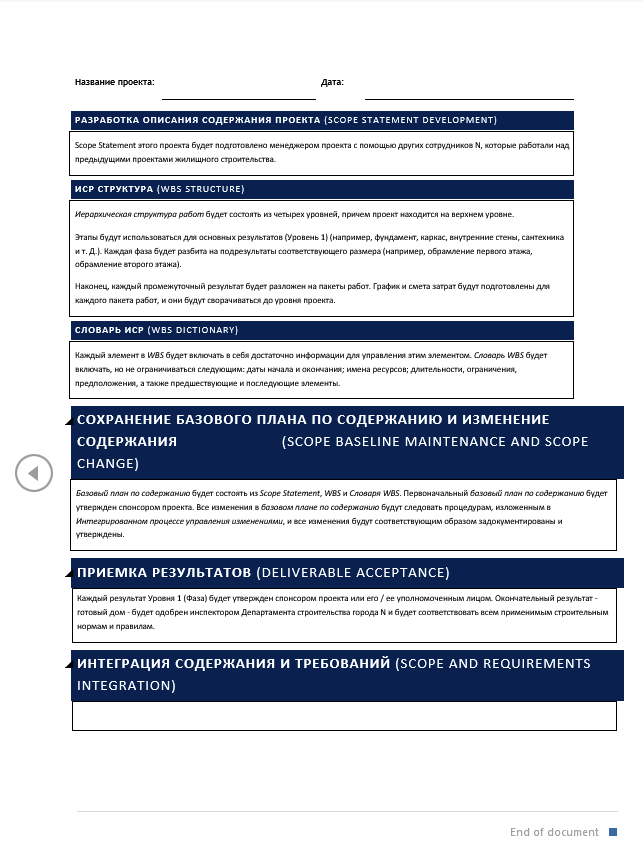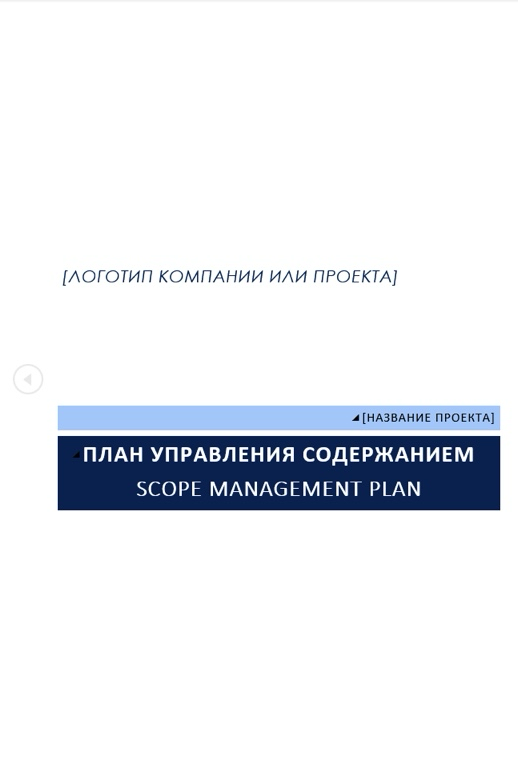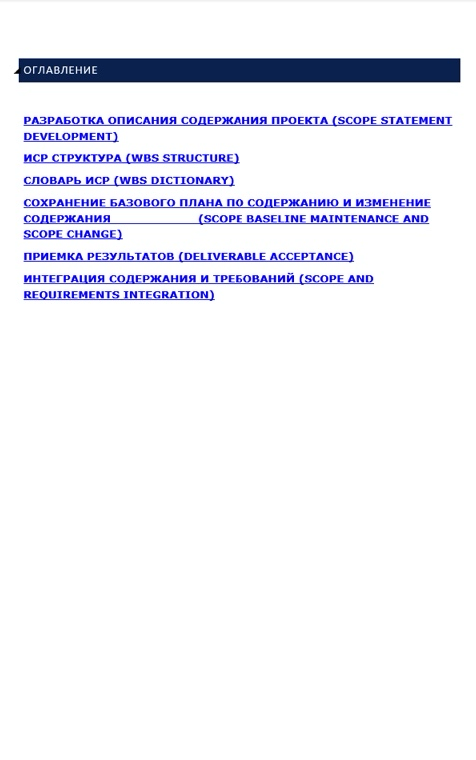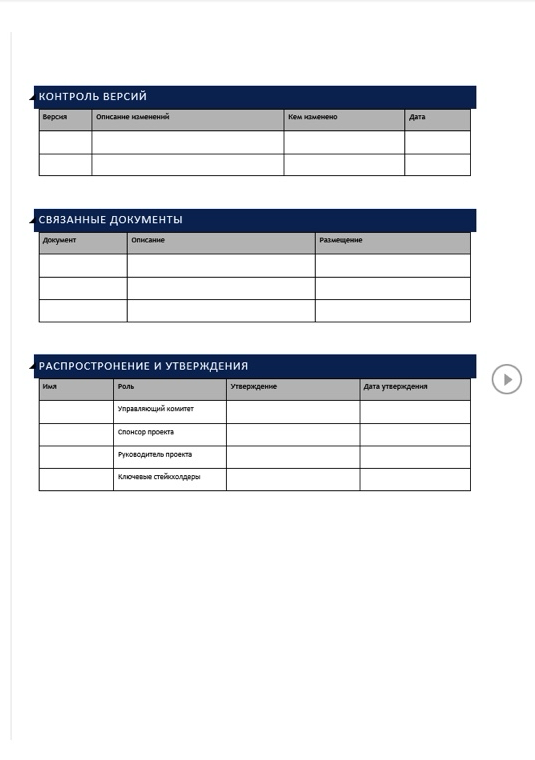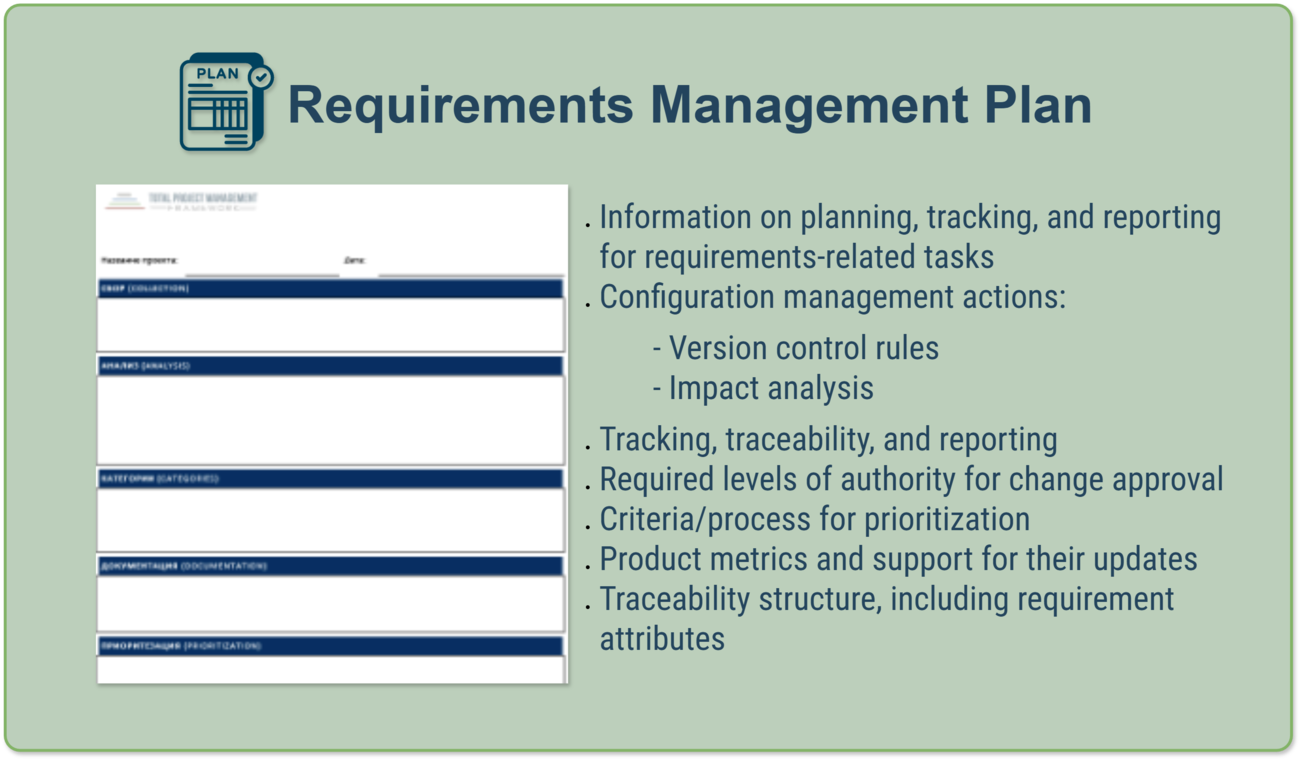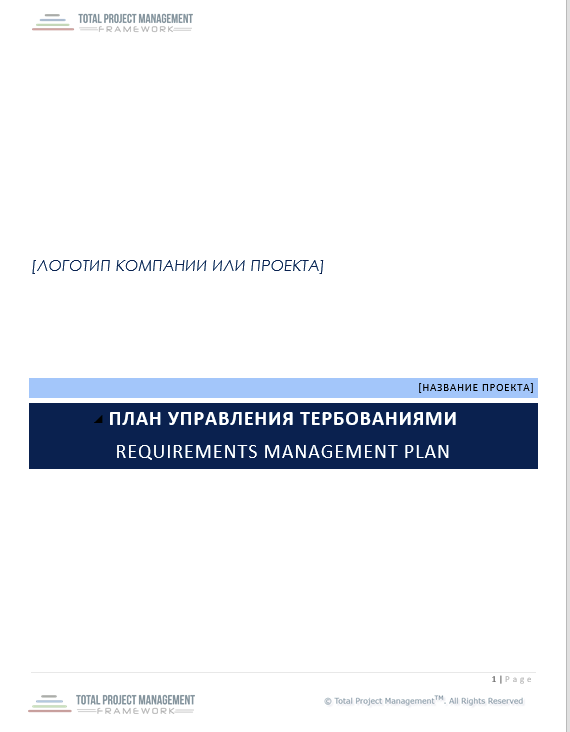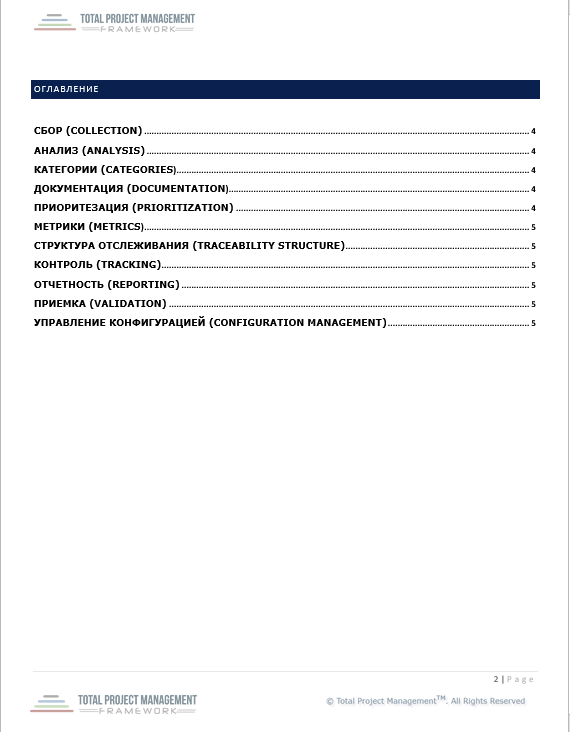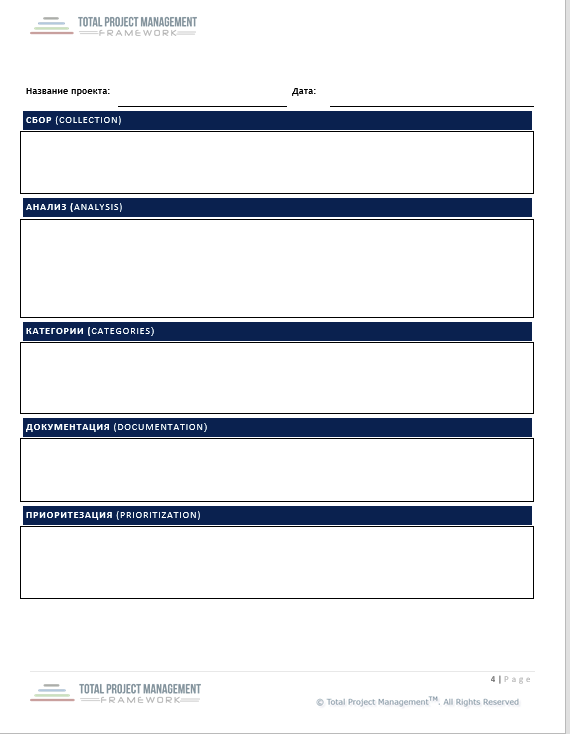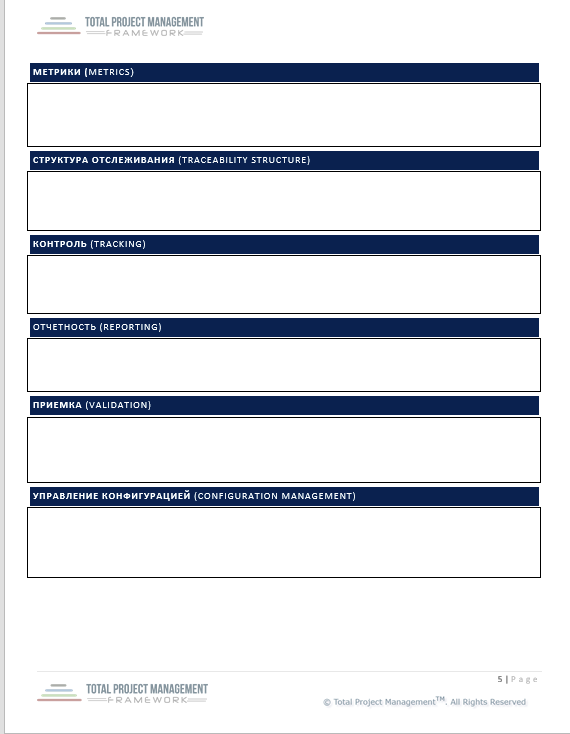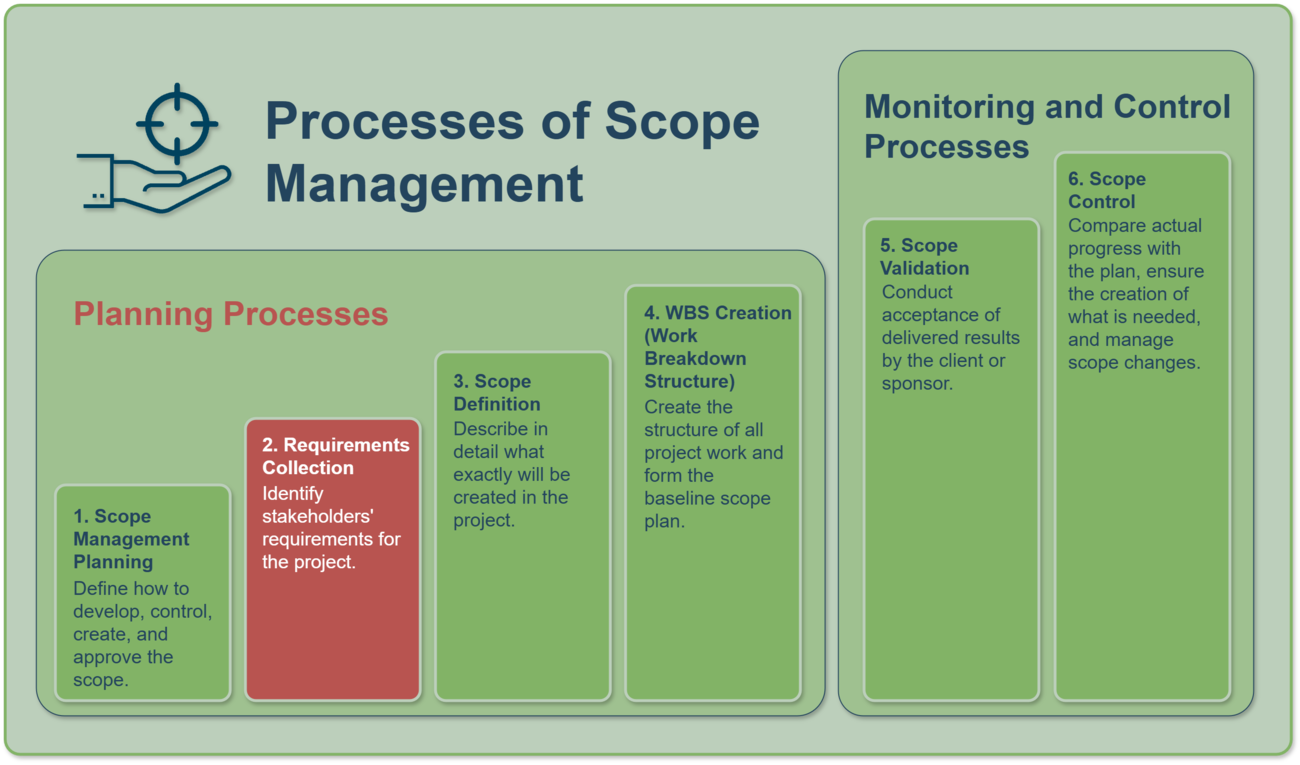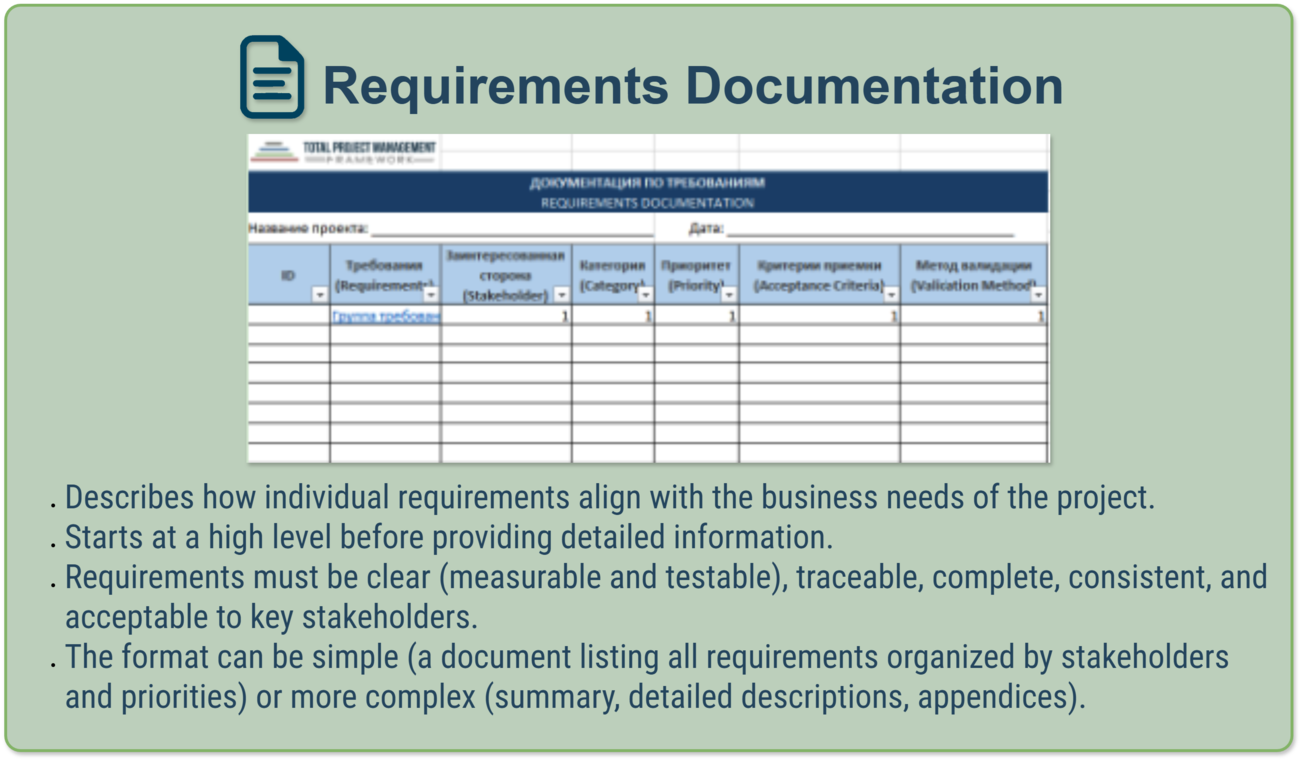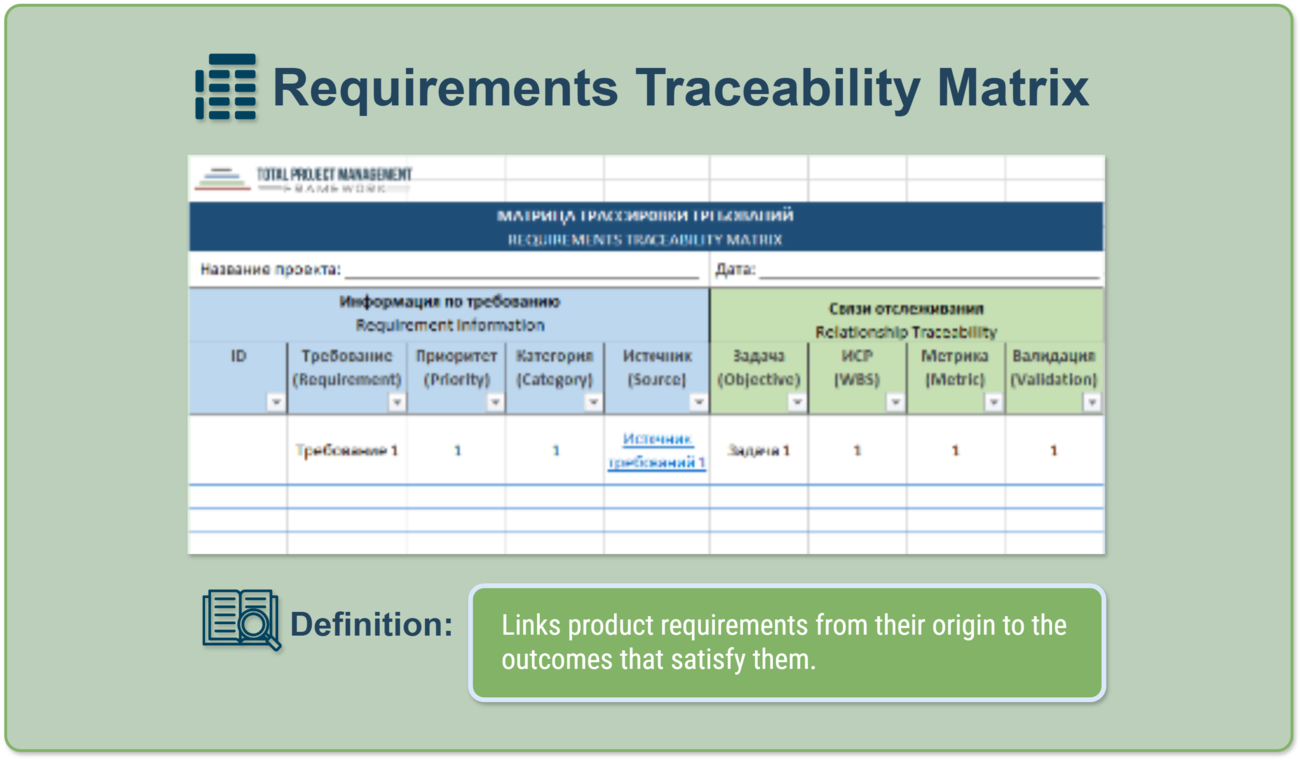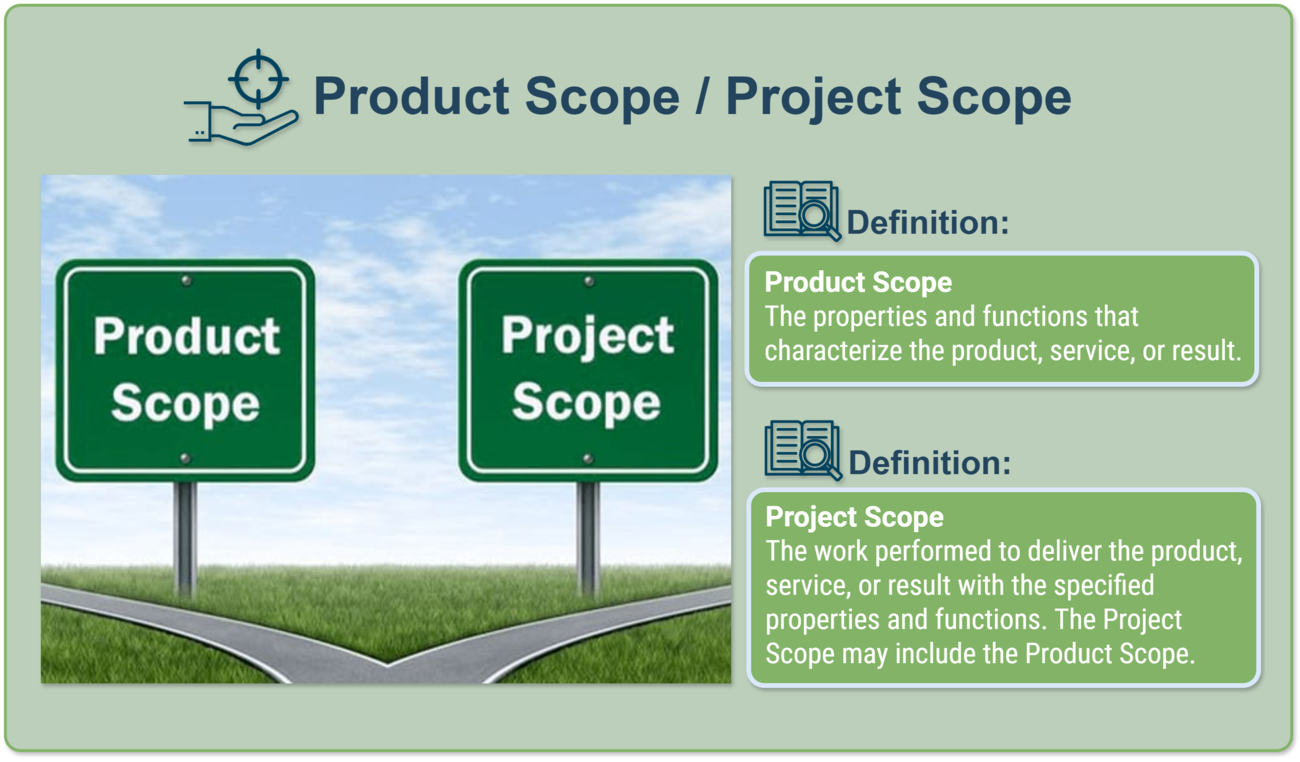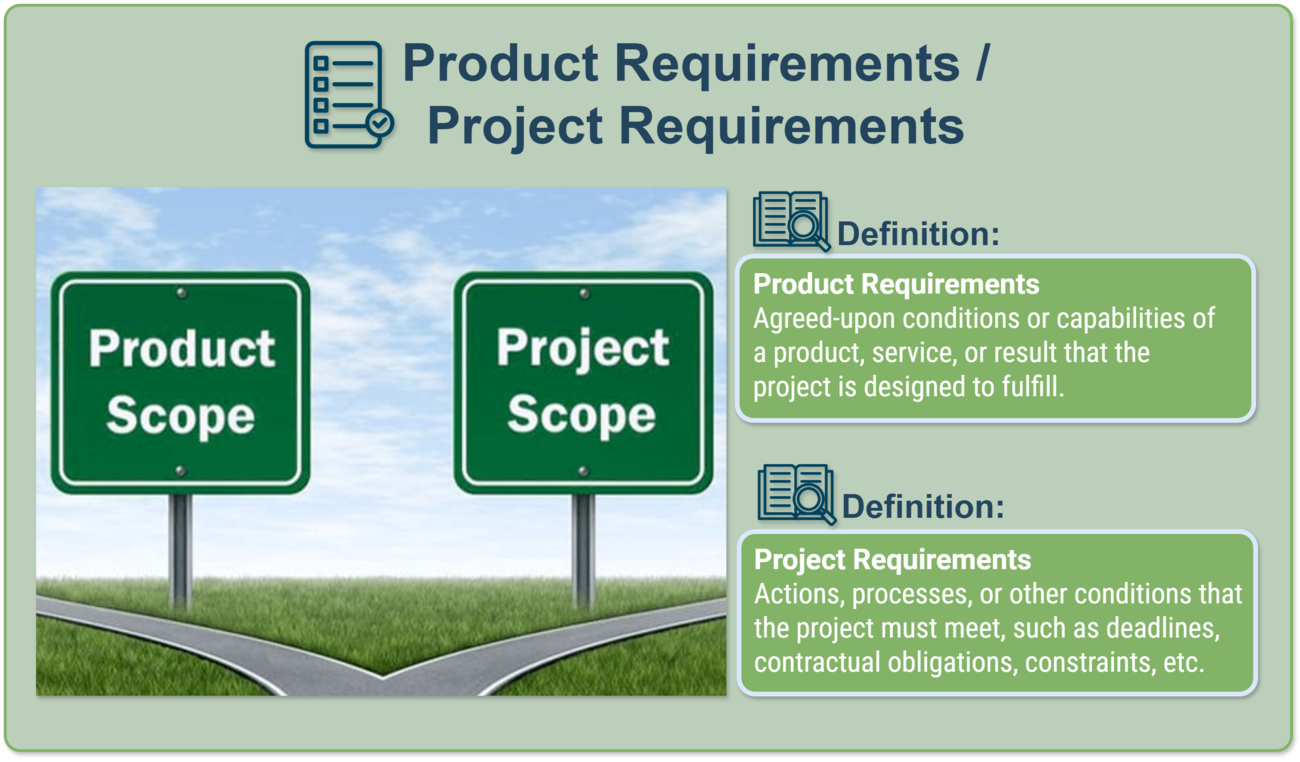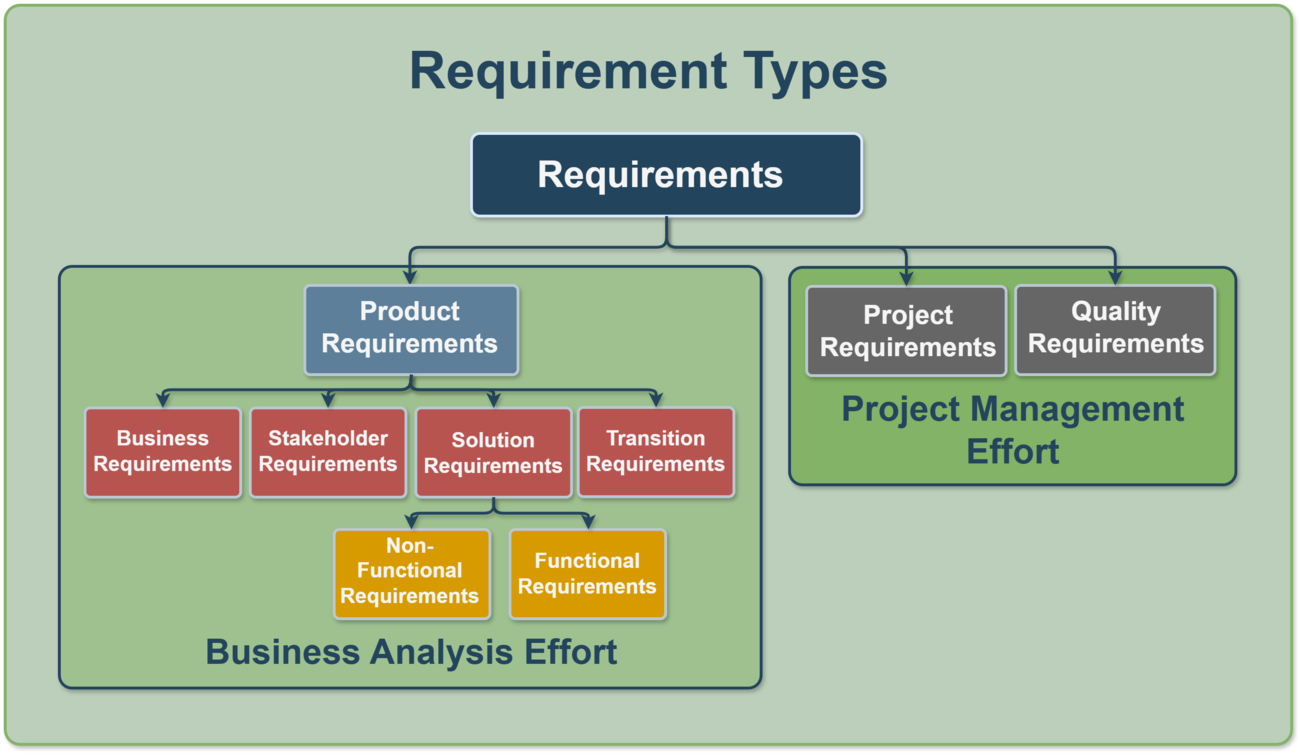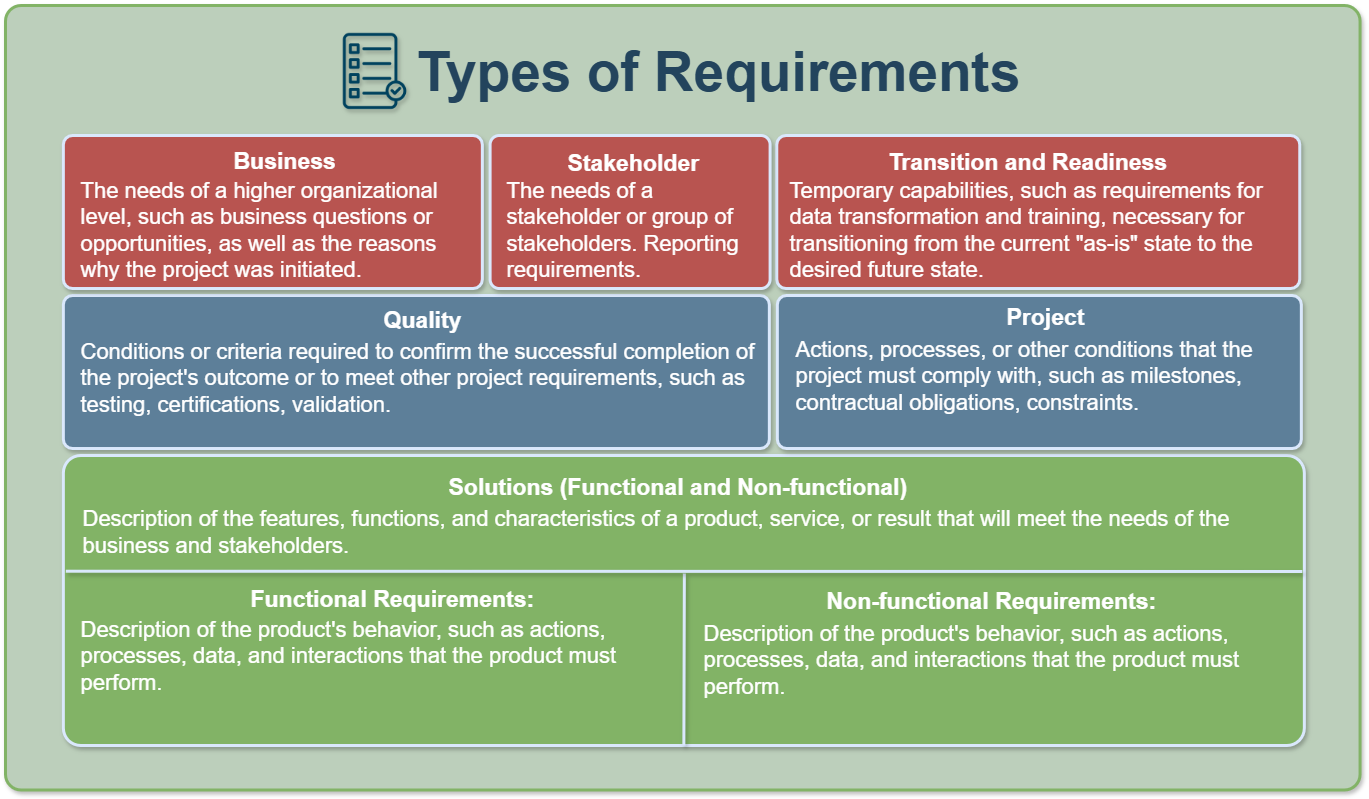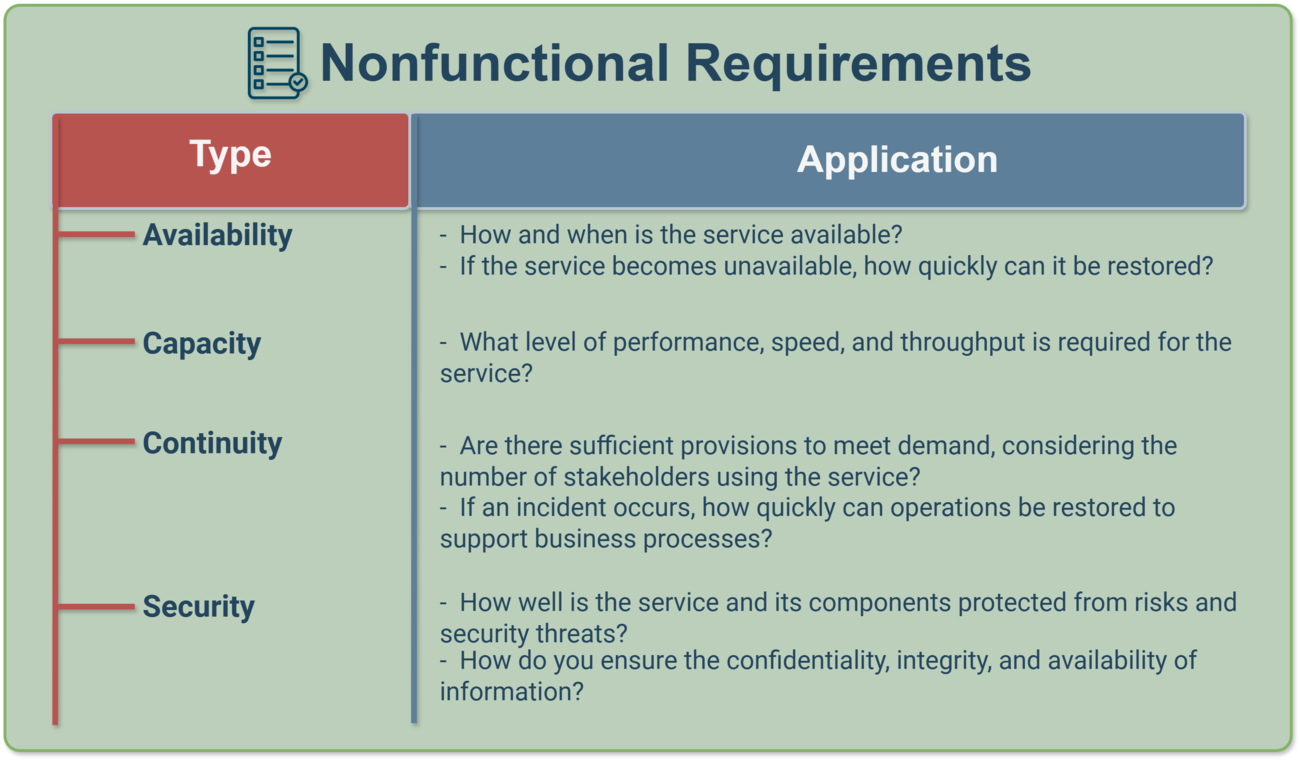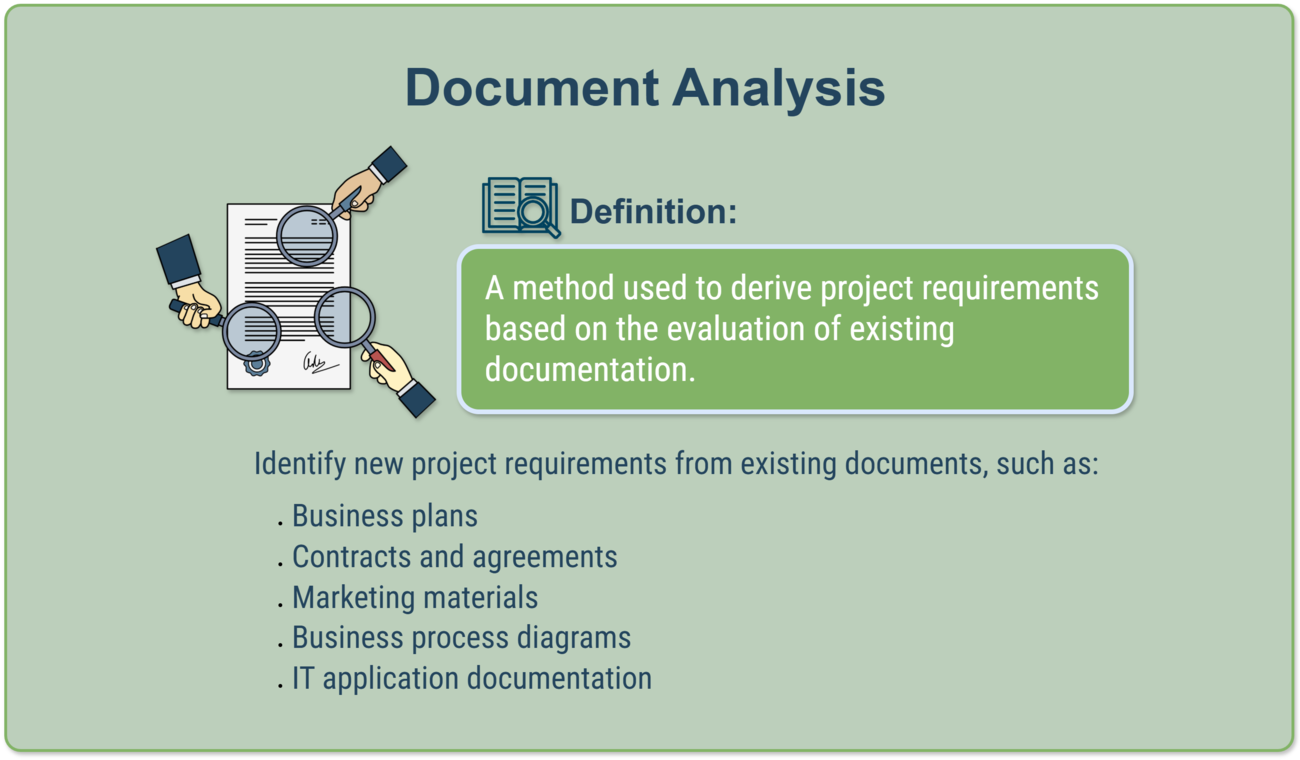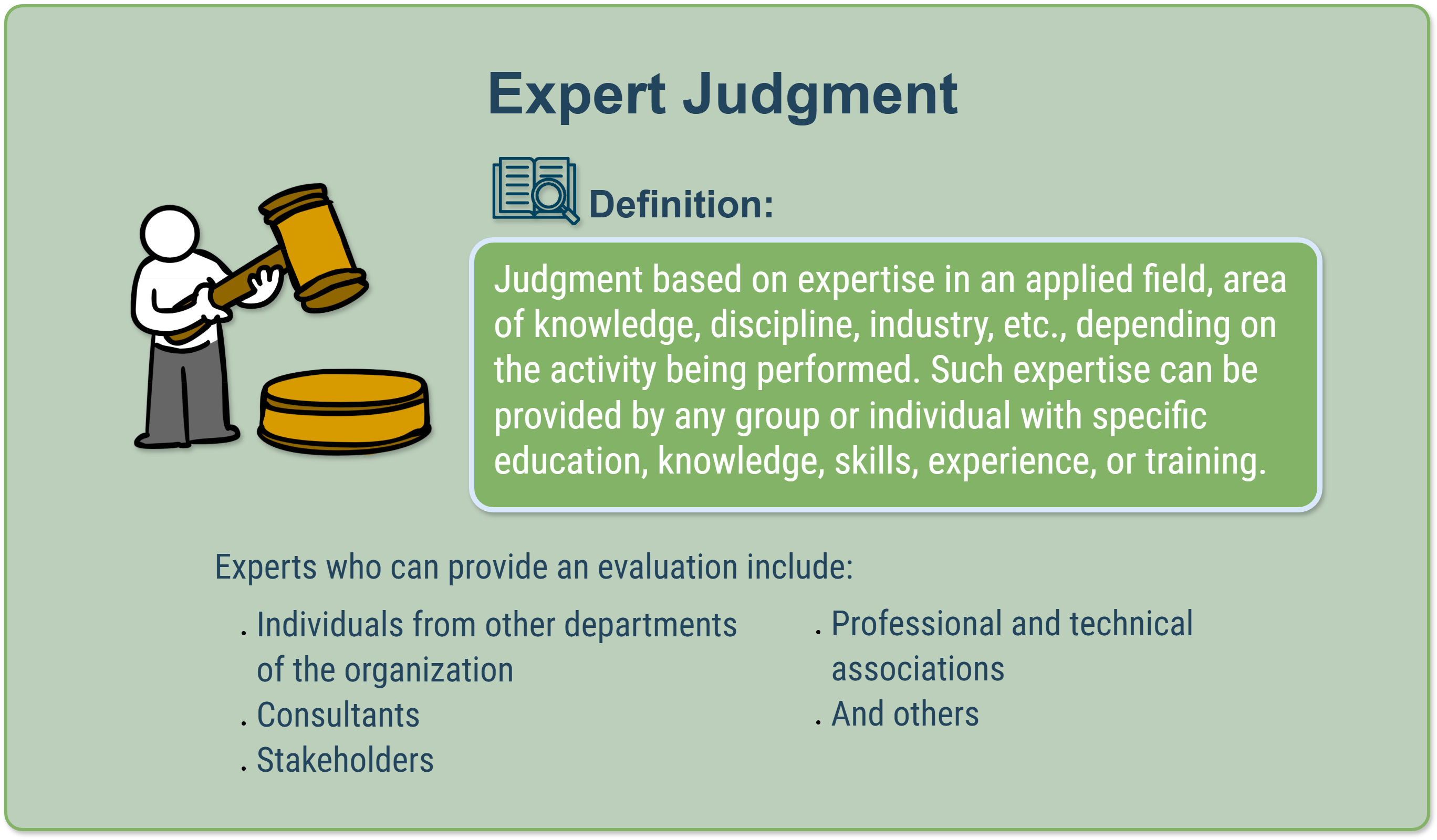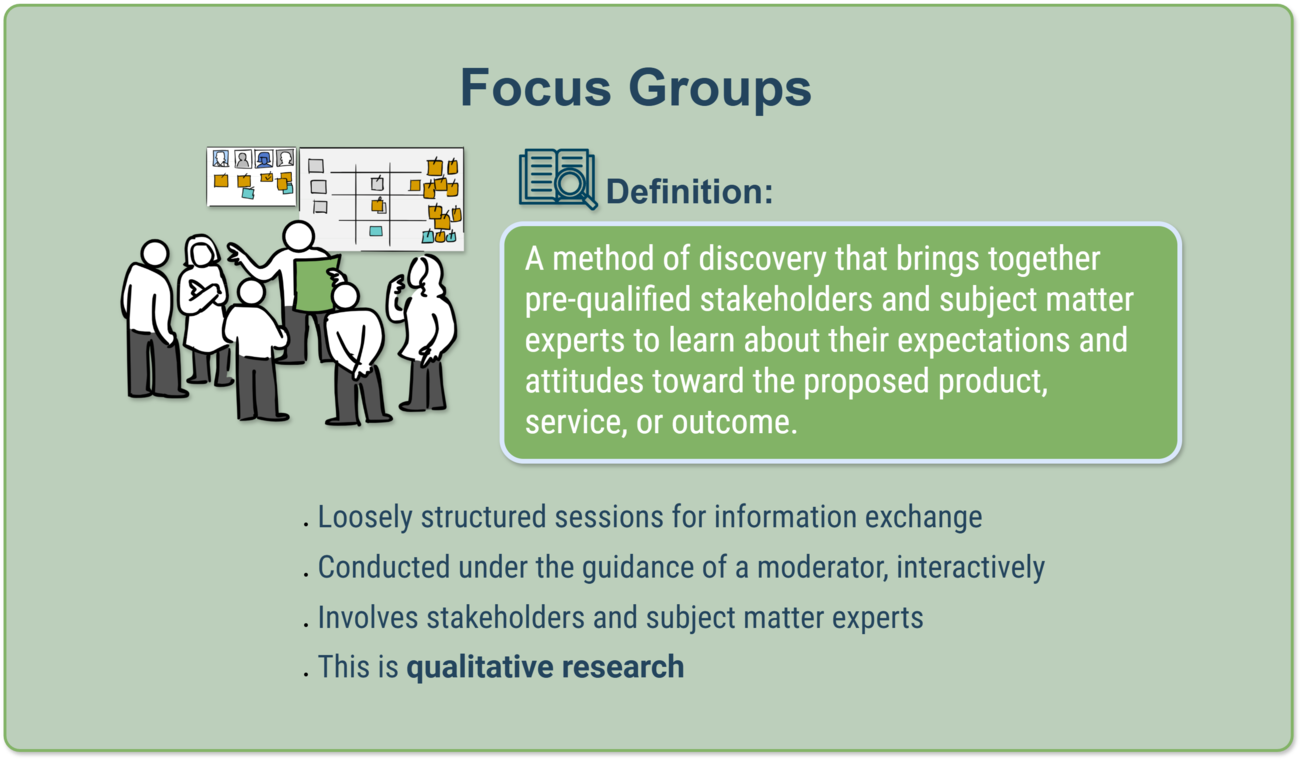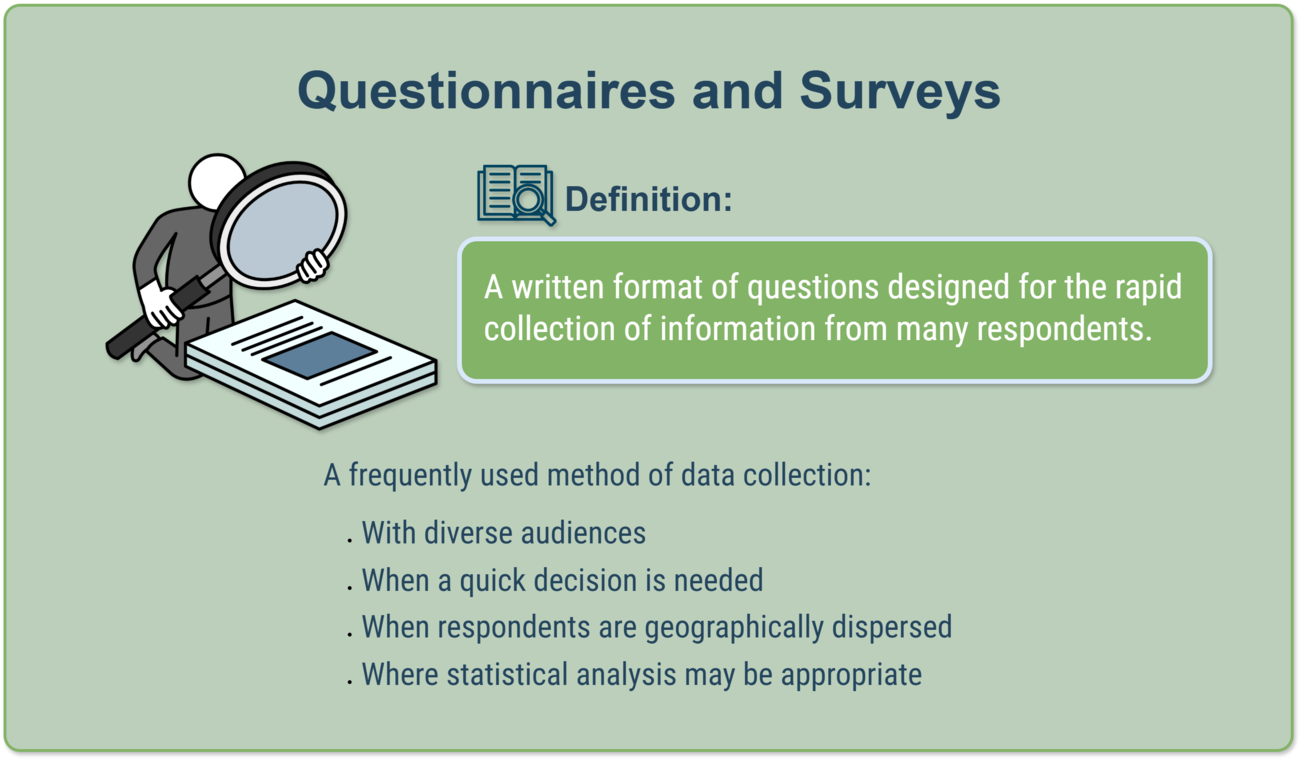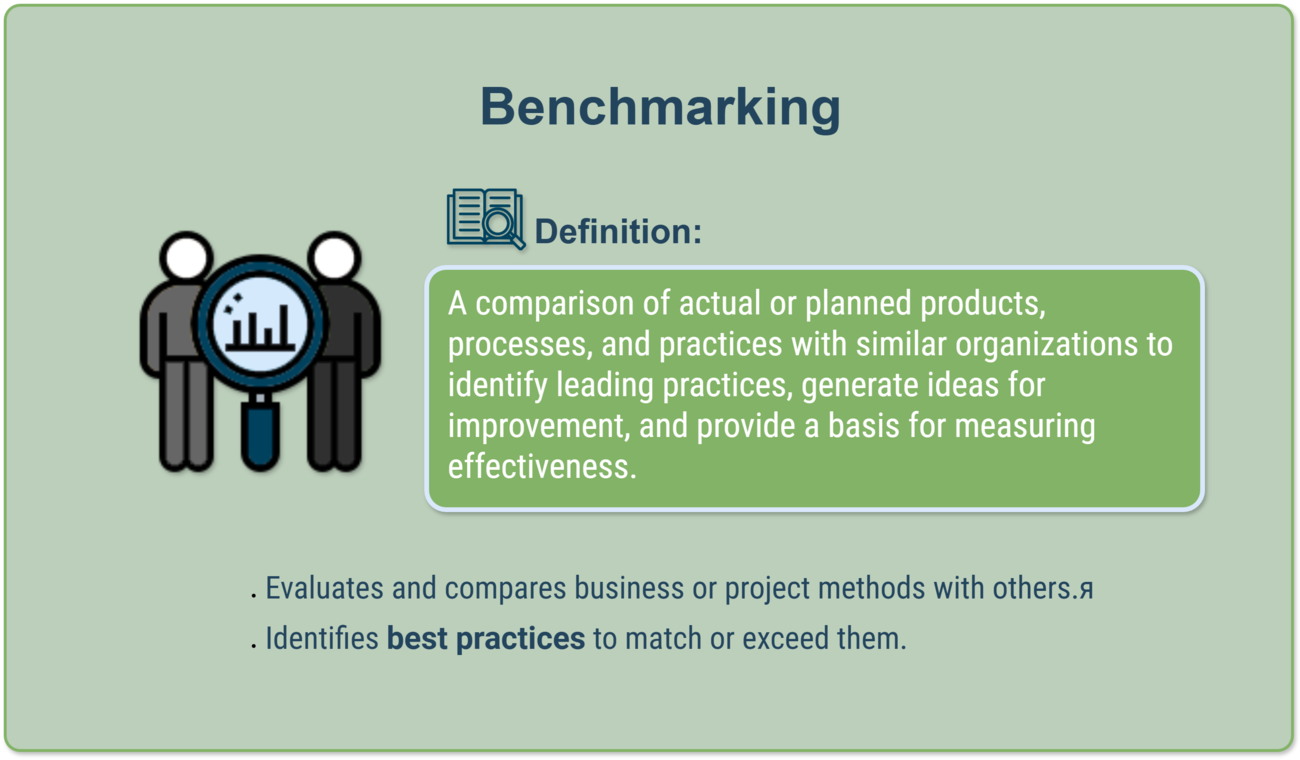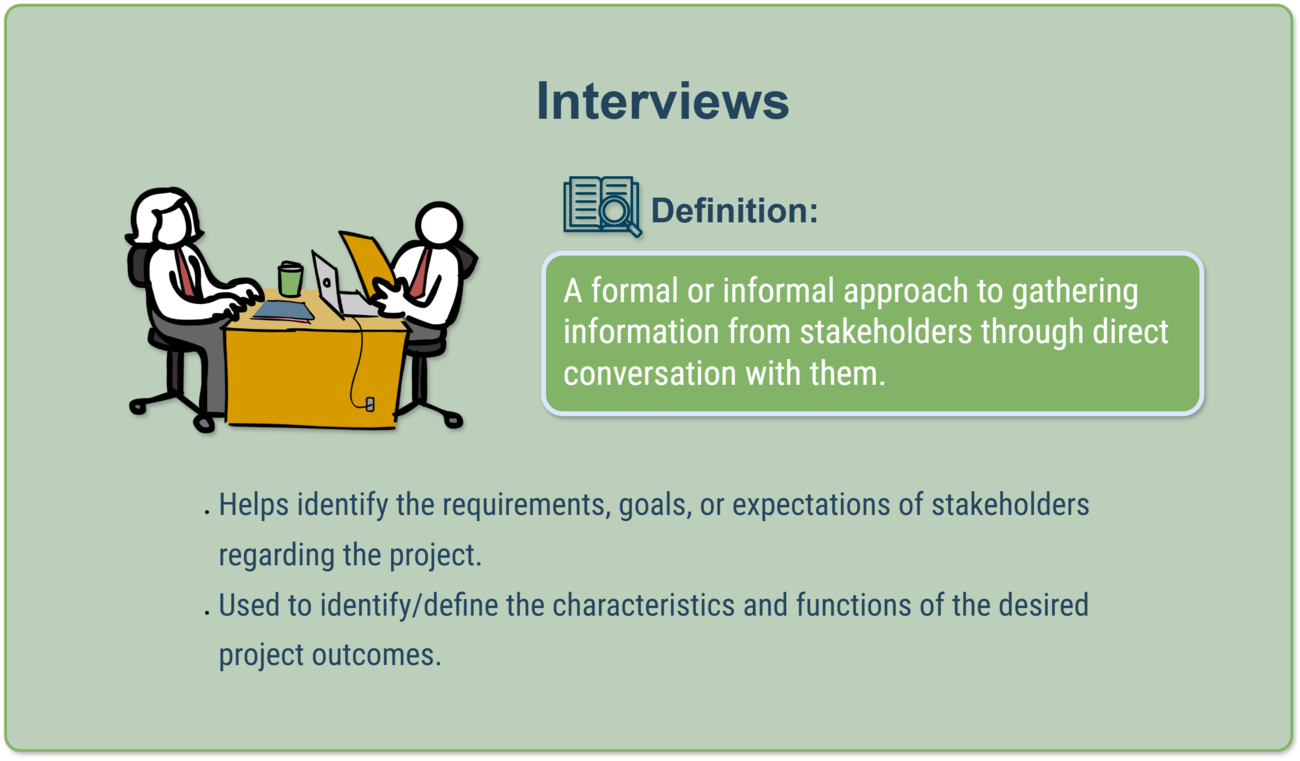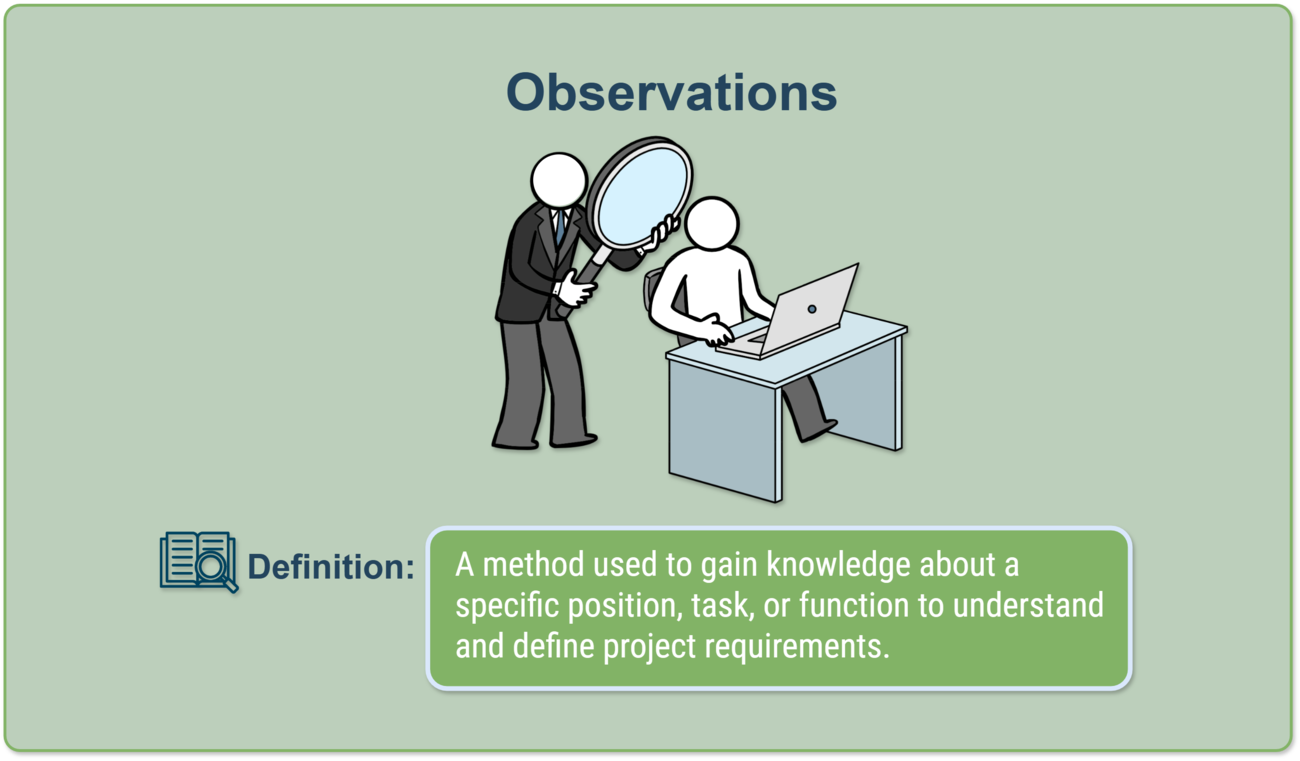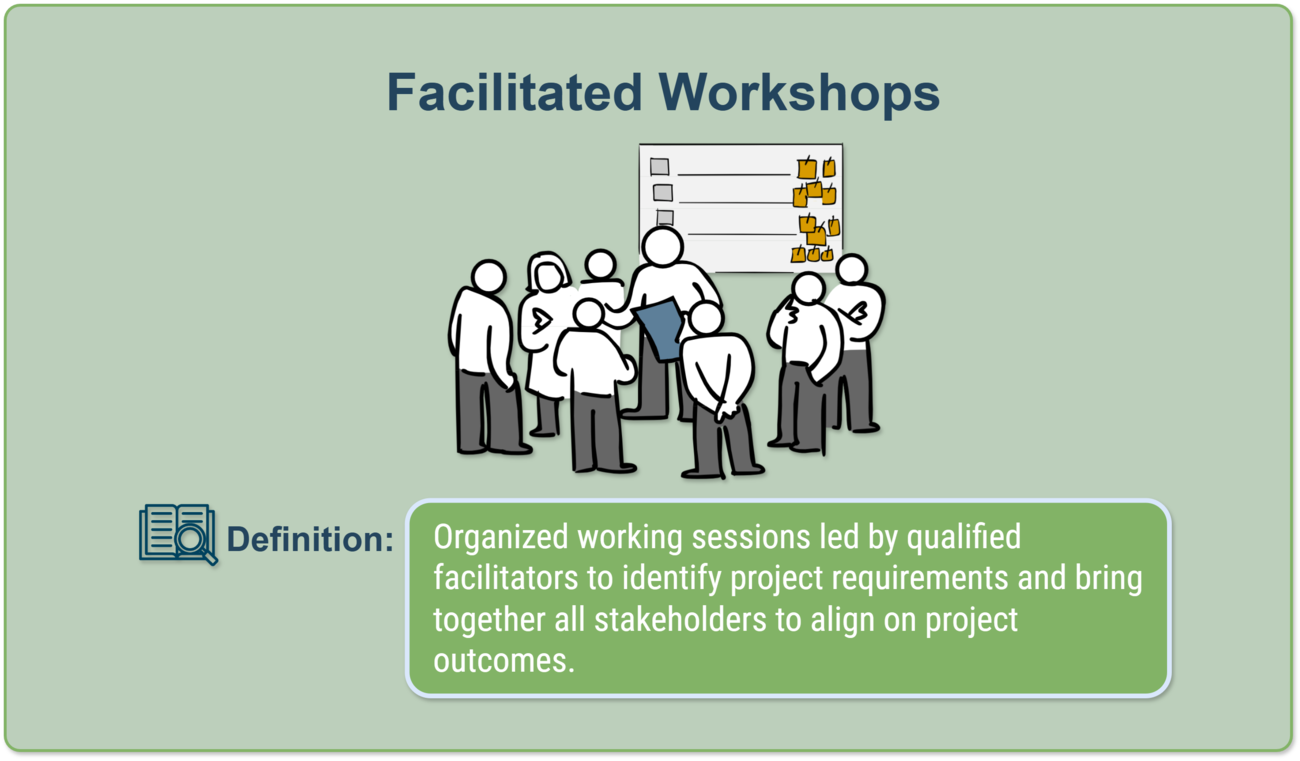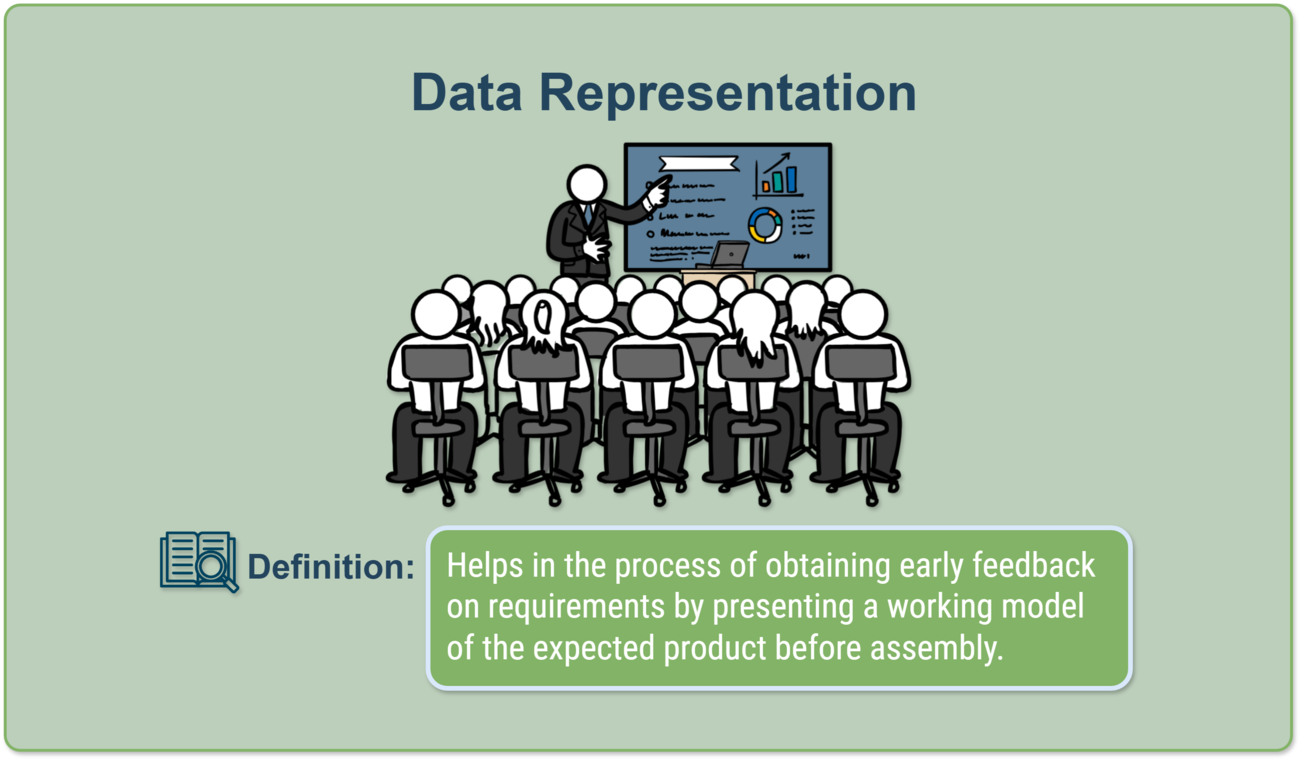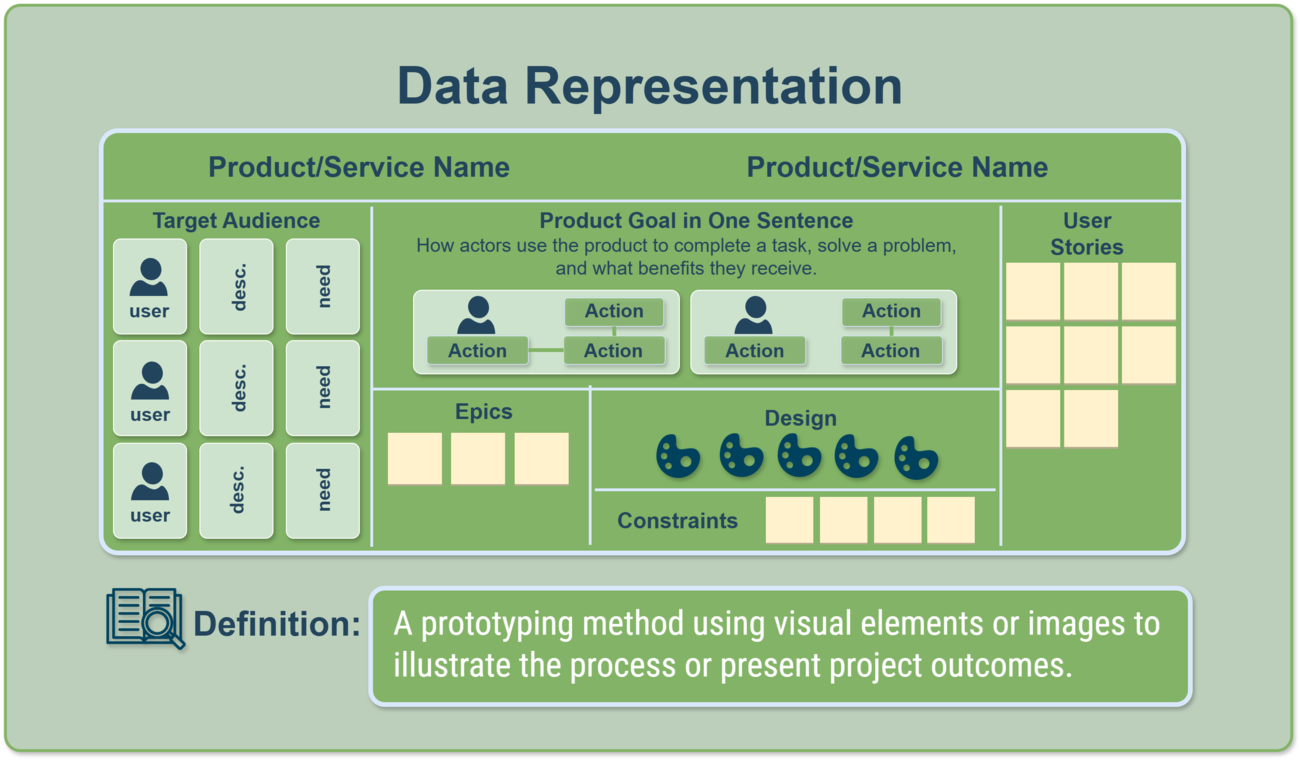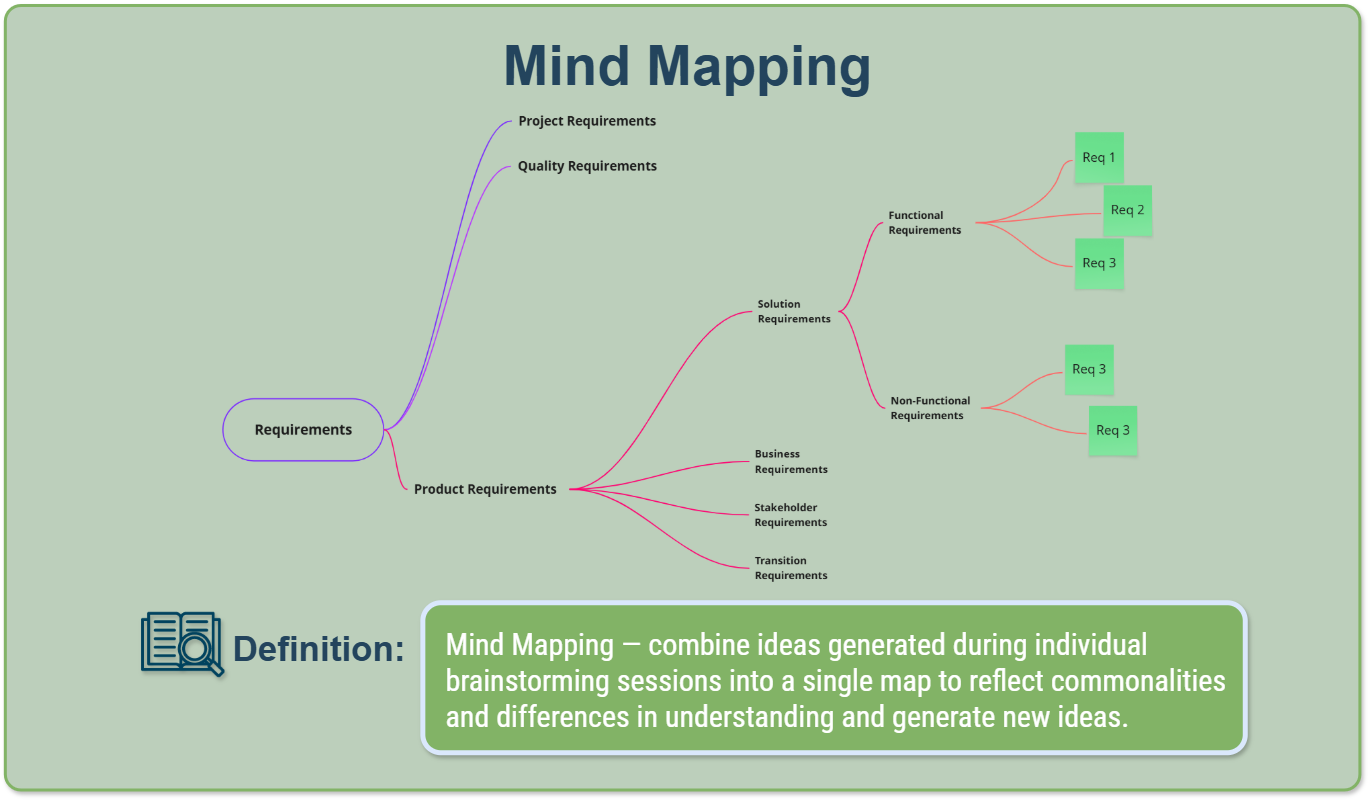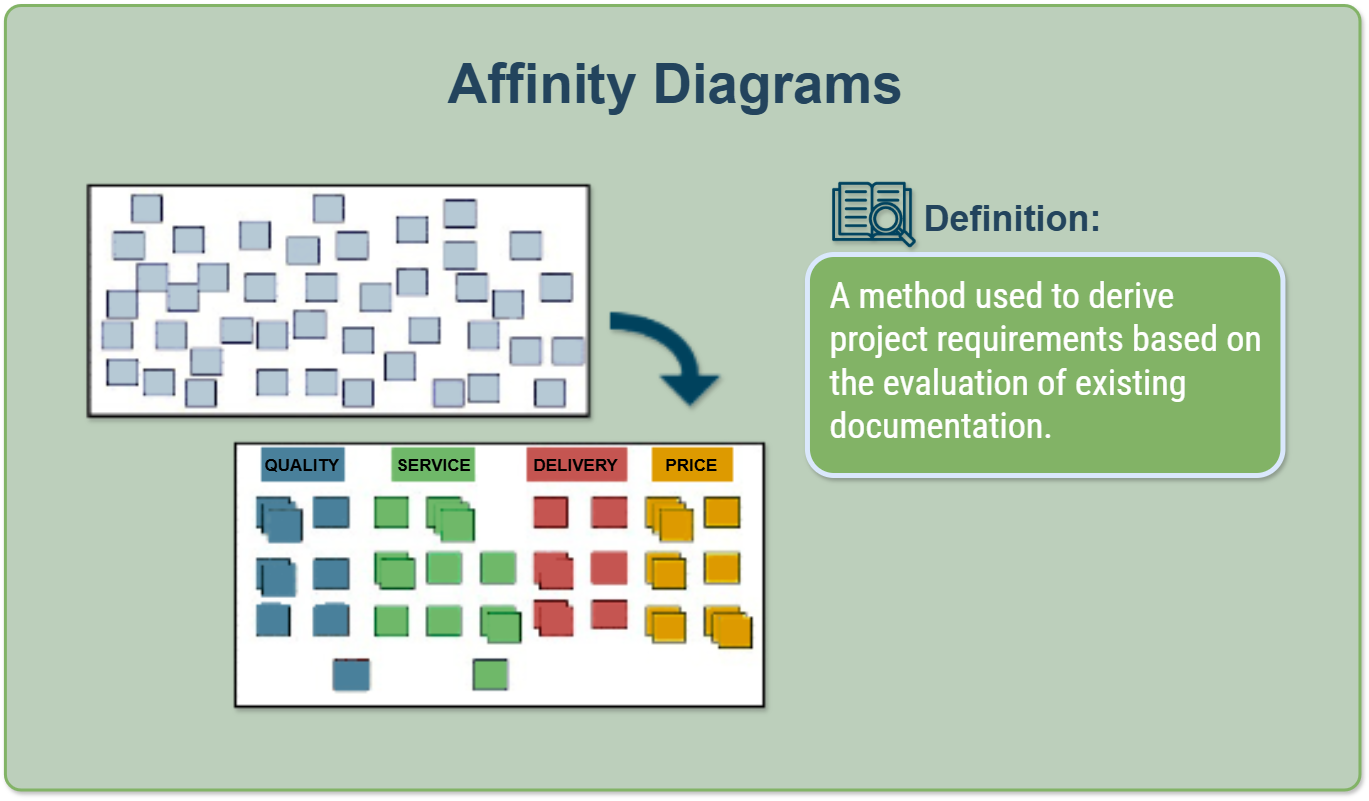Topic Definitions #
Project Scope Management
Project Scope Management: Balancing expectations and reality
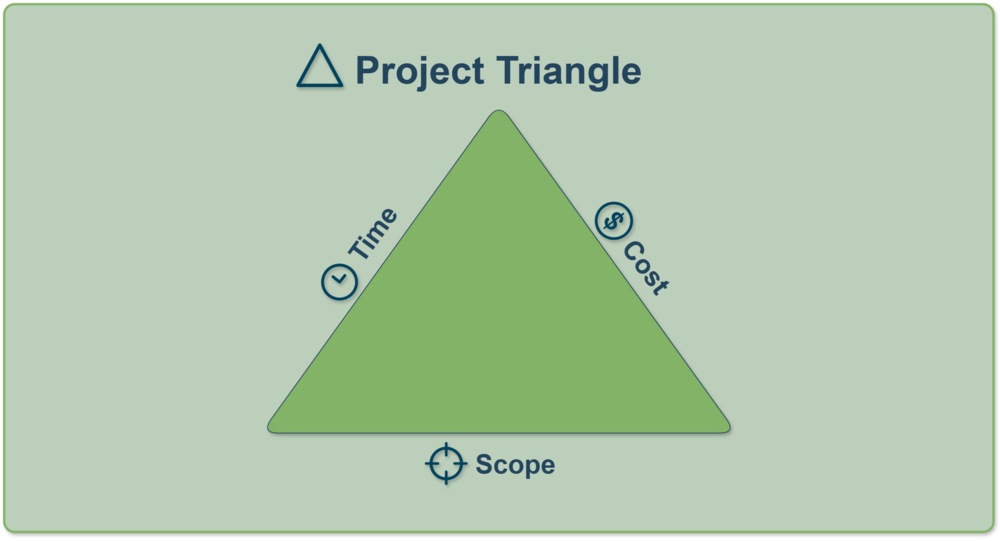 At the core of every project lies a triangle — time, cost, and scope. This triangle governs all processes, determining what will be created, within what timeframe, and at what cost.
At the core of every project lies a triangle — time, cost, and scope. This triangle governs all processes, determining what will be created, within what timeframe, and at what cost.
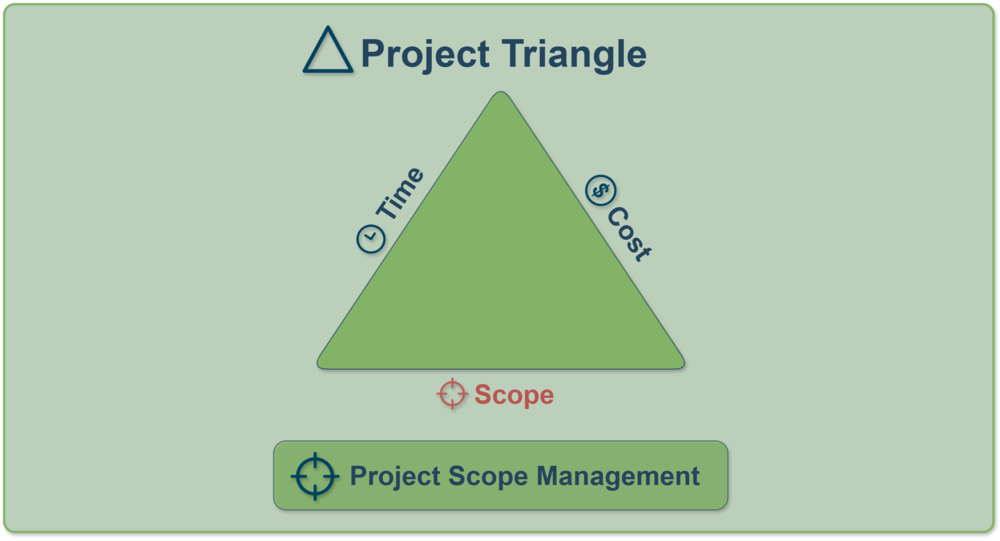 Scope management is the center of this triangle, a fundamental aspect on which not only the success but also the survival of the project depends under limited resources and tight deadlines.
Scope management is the center of this triangle, a fundamental aspect on which not only the success but also the survival of the project depends under limited resources and tight deadlines.
Project Scope is essentially its "soul," a reflection of everything the project must accomplish. Scope management is both the art and science of maintaining balance: not just completing the work but delivering exactly the result that meets the expectations of all stakeholders.
Project scope is not just a list of tasks. It is a set of goals that need to be achieved within the constraints of time and resources. In this context, scope management becomes an ongoing process of ensuring that every task, every detail, and every stage drives the project toward its ultimate goal. It is crucial to remember that any change to the scope inevitably impacts the other project parameters—time and cost—like pulling the strings that tie them together into a unified system.
If scope changes are not properly controlled, the project risks exceeding its budget and deadlines, leading to compromises and losses on other levels. Therefore, scope management is not about rigid control but a flexible system that allows the project to adapt to changing conditions while maintaining focus on the desired outcomes.
Processes of Project Scope Management
The process of scope management includes several key steps, each contributing to the overall picture:
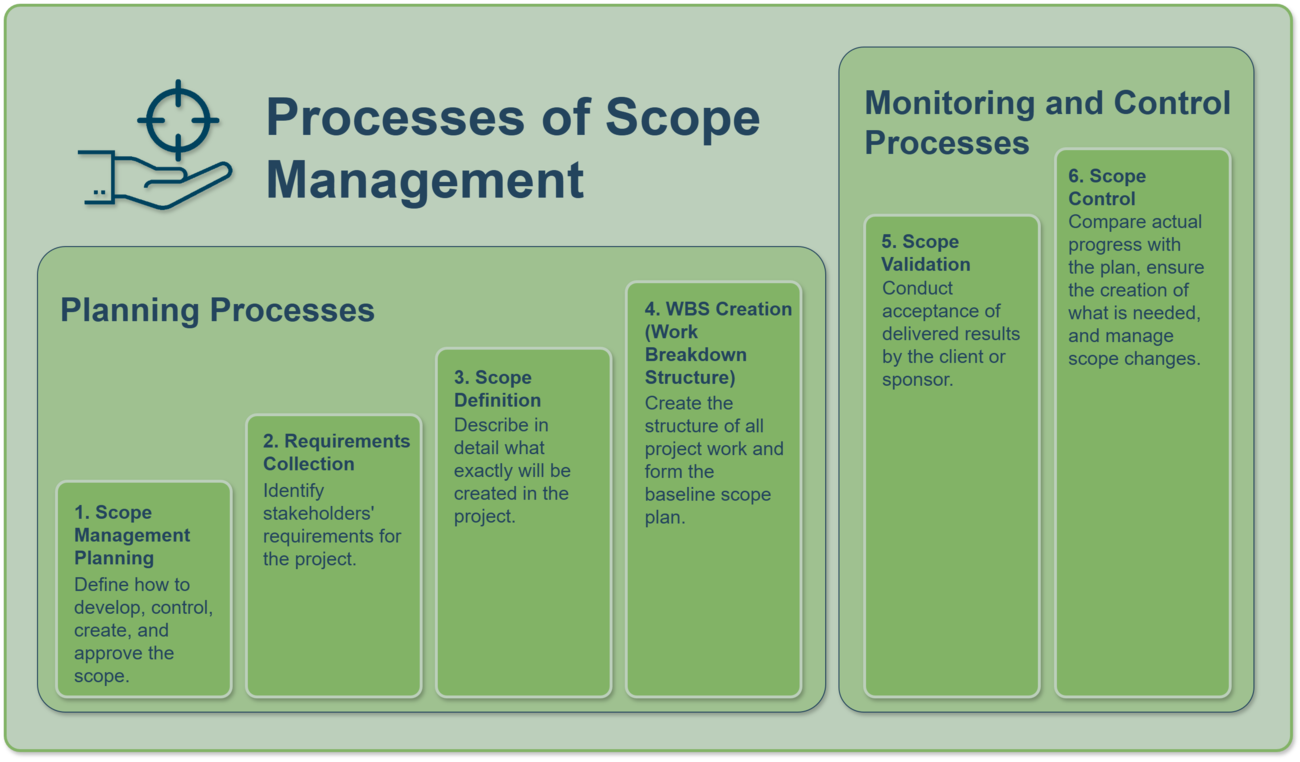

Scope Planning
- This is the starting point where the rules of the game are defined: what will be considered a success and how the final result will be assessed against the initial objectives. This stage sets the framework for all subsequent actions, forming the foundation for control and evaluation.

Requirements Collection
- This is the process of diving into the expectations and needs of stakeholders. Here, the foundation of the scope is laid: what needs to be done to ensure the project delivers real results. It’s not just about gathering information but about uncovering deeper motivations and understanding how the product will serve its users.

Scope Definition
- At this stage, the needs and requirements are translated into a concrete action plan. The team defines the project boundaries and details its tasks. This process resembles creating a blueprint—each scope element is documented and shaped into a form that will guide all subsequent stages.

Work Breakdown Structure (WBS) Creation
- Here, the scope begins to take structure. The WBS breaks down the work into manageable components, giving the project its architecture and clear milestones. This allows the team to view the entire project as a set of individual tasks, making it easier to monitor and account for every element.

Scope Validation
- This is the moment of review and approval: does what has been delivered meet expectations? At this stage, each component is validated to ensure the project is moving in the right direction.

Scope Control
- The final process, but no less critical. Scope control involves continuous monitoring and adjustment. It’s the ability to adapt flexibly to changes while maintaining focus on the main objectives. Control is not limited to checking off tasks; it’s active management of changes that ensures the project remains relevant and successful.
Project scope management is not a rigid system but rather a dynamic balance, where the ability to navigate between details and overarching goals is crucial. It requires responding to changes without losing sight of the final outcome. Ultimately, successful scope management is not merely about following the plan but about adapting the project to real-world conditions while maintaining its viability and alignment with expectations.
Documents and Tools for Project Scope Management
After understanding the core processes of project scope management, we move on to the next crucial aspect—documents and tools that support these processes. These ensure effective planning, monitoring, and adjustments to the scope in line with the project goals. Let’s explore the key documents that accompany each step of the process.
| Process Steps | Documents | Techniques and Tools |
|---|---|---|
| 1. Plan Scope Management | ||
| 2. Collect Requirements |
| |
| 3. Define Scope |
| |
| 4. Create WBS (Work Breakdown Structure) |
| |
| 5. Validate Scope |
| |
| 6. Control Scope |
|
When a project evolves, it encounters an increasing flow of requirements, expectations, and changes. Documents and tools for scope management serve as anchors that keep the project on track, preventing it from drowning in the chaos of change.
Documentation, on one hand, captures the current state of the project; on the other hand, it creates a foundation for adaptability and flexibility. Tools transform a set of goals and ideas into clear, understandable, and manageable processes. At the heart of this system lies the project scope management plan—a strategic document that ties everything together.
To ensure the plan does not remain an empty statement, tools are employed to turn ideas into tangible actions. Each tool adds structure to the project, whether it’s gathering requirements, analyzing data, or visualizing results. For example, a requirements traceability matrix is a method to maintain the link between the initial concept and the final outcome, ensuring that every task and change aligns with the project's agreed-upon logic.
Context diagrams, mind maps, and prototypes provide clarity, enabling both the team and stakeholders to grasp the project's essence at various levels of detail. These visual tools help the team synchronize their understanding, identify interconnections and contexts, and verify that the project meets the expected requirements at all stages of its development.
In addition, surveys, interviews, and workshops not only assist in gathering requirements but also create a sense of involvement for stakeholders. This enhances their loyalty to the project and fosters a willingness to collaborate.
All scope management documents must remain "alive," adapting to changes within the project. Well-structured documentation is not just a way to record the current state but also a tool for active scope management, enabling the project to evolve without losing focus on its ultimate goal.
Together, scope management documents and tools create a fundamental control system where every goal and task has its place and purpose, ensuring that the project progresses toward its completion without deviations or compromises.
Scope Management Planning
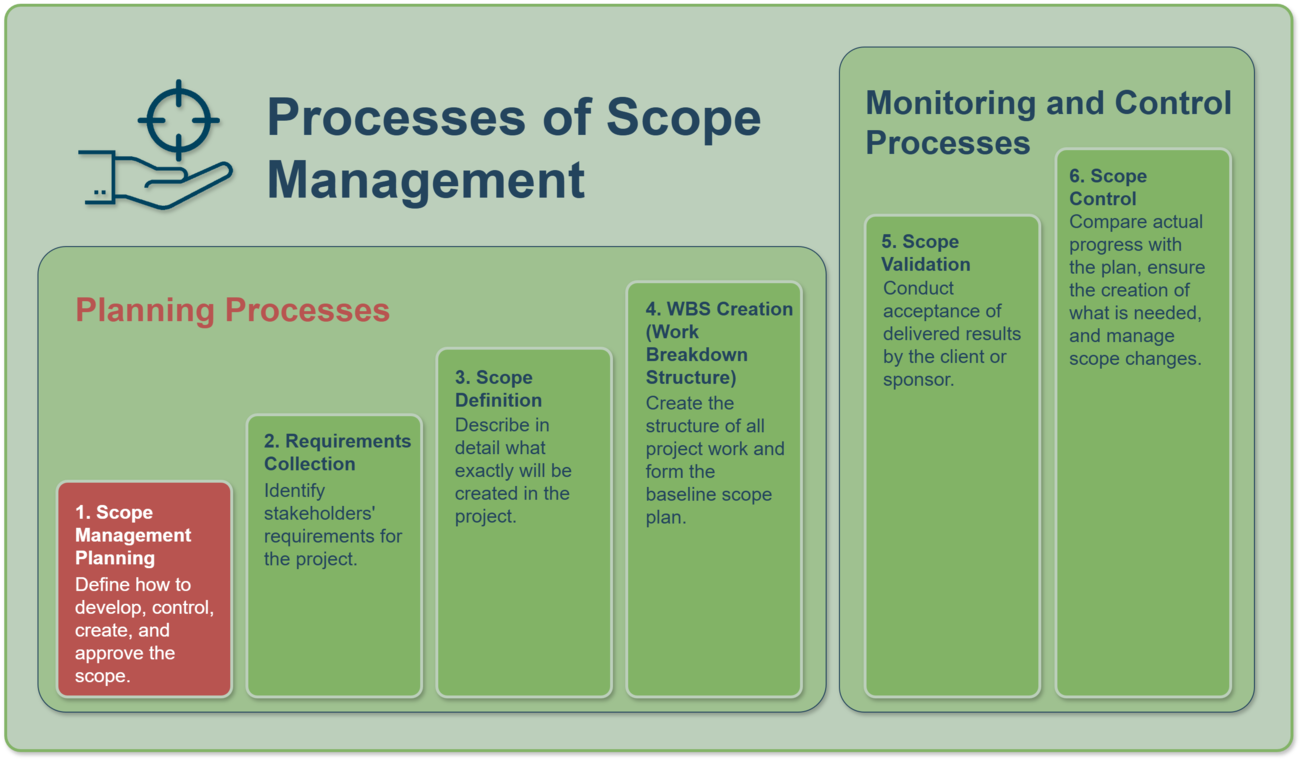
Metamorphosis of Ideas

Formalization of Requirements
Scope Management Plan: Essential Guide to Project Scope Control #
| Process Steps | Documents | Techniques and Tools |
|---|---|---|
| 1. Plan Scope Management |
The Scope Management Plan is a foundational project management document. From the very beginning, it clarifies how the project scope will be defined, monitored, and controlled. Additionally, the Scope Management Plan outlines methods for documenting scope, managing changes, and interacting with stakeholders to ensure clarity and alignment.
Scope Management Plan: Structure and Elements
The Scope Management Plan defines processes for controlling, developing, and accepting a project’s scope. It improves transparency, enhances communication among stakeholders, and reduces the risk of misunderstandings. Moreover, this plan can be formal or informal, depending on the project’s complexity and size.
What Is a Scope Management Plan?
The Scope Management Plan is part of the larger project management plan. It details how to define and control the project’s scope, and how to validate completed work. Furthermore, it establishes criteria for approving deliverables and handling scope change requests.
Key Sections of the Scope Management Plan
Sections of a Typical Project Scope Management Plan:

Development of the Project Scope Description
- This section of the Scope Management Plan explains how to create the Scope Statement. The statement identifies deliverables and the work required to complete them. In doing so, the project team builds a unified vision of goals and actions. This clarity helps minimize scope creep and aligns efforts.

WBS Structure (Work Breakdown Structure)
- Within the Scope Management Plan, the Work Breakdown Structure (WBS) plays a crucial role. This structure divides the project into levels and packages, making complex projects more manageable. It supports efficient monitoring by linking tasks to defined outcomes.

WBS Dictionary
- The WBS Dictionary, a vital part of the Scope Management Plan, provides detailed information about each WBS element. It includes timelines, responsibilities, resources, constraints, and assumptions. This eliminates ambiguity and supports accurate tracking.

Maintaining the Scope Baseline and Managing Scope Changes
- One of the key goals of the Scope Management Plan is maintaining a clear and approved scope baseline. This baseline acts as a reference point for comparing results. The plan also outlines how to process scope change requests efficiently and transparently.

Acceptance of Deliverables
- This section of the Scope Management Plan defines how project deliverables are formally reviewed and approved. It ensures all deliverables meet predefined standards before being accepted by sponsors or clients.

Integration of Scope and Requirements
- The Scope Management Plan integrates the project scope with initial requirements to ensure stakeholder needs are met. This alignment is crucial to ensure final outputs reflect business expectations and user demands.
Scope Management Plan: Navigator and Guide for Project Success
The Scope Management Plan serves as a compass for the project team. It ensures that scope is defined properly, documented clearly, and controlled effectively. As a result, stakeholders stay aligned and the project stays on track—even in changing conditions.
Template for a Scope Management Plan
A strong Scope Management Plan typically includes the following components:
-

Project Name
and Plan Creation Date
-

Development of the Project Scope Statement
— describes the process of creating the main document that details the scope and boundaries of the work.
-

WBS Structure
— includes the breakdown of the project into components and work packages with descriptions of each element.
-

WBS Dictionary
— a document containing additional information about each WBS element, such as resources, timelines, and constraints.
-

Maintaining the Baseline and Scope Changes
— outlines the process for managing scope changes, as well as methods for agreeing on and approving these changes.
-

Acceptance of Deliverables
— the process of confirming the completion of the scope as per the plan.
-

Version Control
— a table for tracking changes to the scope management plan, including the date of changes, description, and information about who approved the changes.
-

Related Documents
— a list of all documents that complement the scope management plan, such as the requirements management plan or performance reports.
-

Distribution and Approval
— specifies the individuals responsible for approving and distributing the plan.
This structure helps project teams manage the scope consistently across all phases of the project.
Requirements Management Plan: Supporting the Scope Management Plan #
| Process Steps | Documents | Techniques and Tools |
|---|---|---|
| 1. Plan Scope Management |
While the Scope Management Plan controls scope, the Requirements Management Plan defines how requirements are collected and documented. Together, they ensure all project goals and deliverables are aligned and clearly traceable.
Requirements Management Plan: From Idea to Control
This document complements the Scope Management Plan by transforming stakeholder expectations into actionable requirements. It serves as a reliable reference, helping teams validate progress and adjust to evolving needs.
When a clear Requirements Management Plan is in place, the team has a tool to transform abstract requests into actionable steps. This document establishes rules, outlines the procedures for handling and modifying requirements, and ensures transparency and accountability.
Plan Structure: Navigating Requirements Effectively
A clear structure makes the Requirements Management Plan usable and practical. It supports the Scope Management Plan by organizing requirement-related tasks and ensuring every detail is traceable.
Sections of a Typical Project Scope Management Plan:

Collecting and Analyzing Requirements
- The Scope Management Plan depends on thorough requirement analysis. Interviews, surveys, and market research gather insights for defining the scope. These findings are structured and documented for clarity.

Candidate Feature List
- The team classifies requirements into categories, which helps them organize large volumes of data. They group requirements into clusters, such as functional and non-functional, technical, and business requirements, making the management process more structured.

Documentation
- Specialists create documentation as a foundation for working with requirements. They record each request along with key attributes: unique identifier, priority, source, and evaluation method. Writing clear and precise descriptions helps prevent misunderstandings in the future.

Prioritization
- The team establishes rules and criteria for ranking requirements by importance. They analyze which requirements are critical for achieving project goals and which ones can be deferred. This approach ensures efficient management of time and resources.

Metrics
- Metrics are used to assess the success of meeting requirements. This section specifies the indicators that will track progress and measure how effectively the team is addressing tasks. Metrics enable the team to identify problems early and adjust the action plan as needed.

Traceability Structure
- The team creates links between requirements and their implementation at all project levels. They monitor the fulfillment of requirements, connecting them to specific tasks and outcomes, allowing them to understand how each requirement impacts the final result.

Tracking
- The team monitors requirement changes and their current status. They ensure that requirements remain up-to-date, prevent inconsistencies during the project, and respond quickly to changes.

Reporting
- The team defines the format and frequency of requirement-related reports. Regular reporting keeps all project participants informed about progress and changes, ensuring transparent communication.

Validation
- Specialists verify requirements to ensure they meet the client’s expectations and needs. They define the stages and procedures that ensure stakeholder approval, making sure the final product fully aligns with expectations.

Configuration Management
- Categorizing requirements into functional and non-functional clusters enhances traceability and integration. This practice supports accurate delivery aligned with the Scope Management Plan and improves risk management.
Requirements Gathering #
Specialists identify and document stakeholder requirements. They collect and analyze these requirements to ensure the project’s successful execution, as they impact the scope, timeline, and resources.
This version makes the text more dynamic, clear, and action-oriented.
Tools for Requirements Documentation
| Process Steps | Documents | Techniques and Tools |
|---|---|---|
| 1. Plan Scope Management | ||
| 2. Collect Requirements |
|
Documentation and traceability are essential to support the Scope Management Plan. Using identifiers, prioritization, metrics, and validation methods ensures full control over how requirements evolve.
Key aspects of requirements documentation include:
-

Structuring Information
Requirements should be clear, measurable, and testable. This ensures they are easy to track and applicable for all stakeholders.
-

Level of Detail
It is essential to start with high-level requirements and gradually move toward more detailed descriptions. This approach helps the project team fully understand what is expected of the project.
-

Documentation Format
The documentation can be presented in a simple format (e.g., a list of requirements) or a more complex one (e.g., a summary with detailed descriptions and attachments). The format depends on the project's specifics and the client's needs.
Requirements Traceability Matrix
| Process Steps | Documents | Techniques and Tools |
|---|---|---|
| 1. Plan Scope Management | ||
| 2. Collect Requirements |
|
The Requirements Traceability Matrix is a powerful tool that helps the project team track how each requirement is connected to a specific project deliverable. It establishes a link between the initial requirements and the final products that fulfill those requirements. This matrix serves as a “map,” showing the journey of each requirement from its source to the final product. It connects each requirement to the implementation stages, ensuring that all elements are accounted for and the team remains focused on key tasks.
Key aspects of requirements documentation include:
-
Requirement Identifiers
Each requirement must be clearly identified and linked to a specific task or project element.
-

Requirement Sources
The matrix includes information about the origin of each requirement, whether from the client, regulatory acts, or internal company standards.
-

Link to Deliverables
Each requirement in the matrix is connected to a specific deliverable or project component, allowing easy verification of its fulfillment.
-

Execution Monitoring
The traceability matrix enables tracking the progress of requirement implementation and ensures that all changes are accounted for and integrated into the process.
Categorization of Requirements #
Types of Requirements: From Concept to Clear Structure
At the core of any project lies an understanding of what needs to be created, for whom, and how. The categorization of requirements helps to systematize this information by dividing it into four blocks, each describing a specific aspect of the future product and the processes of its creation. Let’s explore the main types of requirements and their roles.
Product Scope and Project Scope: What, For Whom, and Why
To ensure a project has clear boundaries and goals, it is important to distinguish between product scope and project scope.
Product Scope
focuses on the characteristics and functions of the final product, emphasizing the properties and capabilities it must possess. Essentially, it answers the question: "What exactly are we creating?"
Project Scope
encompasses all the work required to create the product, including resources, time expenditures, and other project processes. It is an action plan for achieving the overall goal, which may also include product requirements.
This distinction between requirements helps avoid confusion between the final outcome and the tasks needed to achieve it.
Product and project requirements: two sides of the same coin
Product requirements and project requirements are two key elements that ensure a balance between customer expectations and team capabilities.
Product requirements
describe the characteristics and functionality the product must have to meet customer needs. They focus on specific features and capabilities necessary to satisfy the target audience.
Project requirements
encompass the actions and conditions that the project itself must meet to achieve successful implementation. This includes timelines, budgets, legal obligations, and other aspects.
These two categories of requirements work together to ensure a unified vision and its implementation within the defined constraints.
Types of Requirements by Responsibility: Areas and Focus of Teams
In project management, it is crucial to clearly separate requirements by areas of responsibility so that each team member understands their tasks and focus area. There are two key areas of responsibility: Business Analysis Effort and Project Management Effort, each containing unified goals and accountable for specific tasks. This structure helps distribute responsibilities between the business analyst and the project manager, ensuring the project moves forward as a cohesive whole.
These blocks help clearly separate the requirements related to the product itself from those pertaining to project processes. Such a distinction allows the team to focus on each aspect of the work without mixing analysis tasks with project management processes.
This structural representation of typical requirements forms the foundation for comprehensive project management, ensuring a balance between business needs and project execution conditions. By dividing responsibilities into Business Analysis Effort and Project Management Effort, the team can manage the project as a unified system, where each element supports and complements the others, guaranteeing the achievement of both strategic and tactical goals.
Business Analysis Effort: What Needs to Be Created
The first and primary area, Business Analysis Effort, covers product requirements. These requirements are tied to the ultimate goal of the project — the creation of a product or service that meets the needs of the business and its users. Categories within the Business Analysis Effort help to detail what the product should be like to satisfy the needs of the business and stakeholders. It serves as the “blueprint” for the product, encompassing its characteristics, functionality, and the path to successful integration into the working environment.
Project Management Effort: How to Create It
The second area, Project Management Effort, pertains to the requirements related to project management processes. Unlike product requirements, which focus on the final product, Project Management Effort concentrates on how the project should be organized to achieve its objectives.
Requirement Categorization: Organization and Prioritization
All requirements, regardless of their attributes—whether for business analysis or project management efforts—are unified into a single system that allows for more effective project team management. Through clear categorization, the team can focus on different levels of requirements, be it high-level business goals or technical implementation details. This enables a transparent process of prioritization and control, ensuring that no critical detail is overlooked.
Solution: Functional and Non-Functional Requirements
An essential part of project management involves addressing various functional and non-functional requirements.
Non-Functional Requirements: Diving into the Details
For more precise quality control, non-functional requirements can be divided into categories:
These categories of non-functional requirements help ensure that the project meets quality standards, which is especially important for users who expect the product to deliver reliability and resilience.
Categorizing requirements allows for the creation of a map of all aspects of the project, helping the team manage both high-level business goals and specific product details. It organizes requests and objectives into a system that supports the project’s harmonious development and enables a holistic view of the project while maintaining focus on key details.
Tools for Requirements Gathering and Documentation #
Requirements gathering and documentation is a fundamental process that lays the foundation for successful project scope management. Well-structured processes help ensure that all requirements are accounted for at every stage of the project, from planning to implementation.
The process of requirements gathering plays a key role in shaping the project scope, as it identifies the expectations and needs of all stakeholders at this stage. This serves as the foundation for proper planning and successful project execution. It is crucial to utilize various methods for data collection and analysis to ensure that the requirements are comprehensive, accurate, and aligned with the project’s goals.
| Process Steps | Documents | Techniques and Tools |
|---|---|---|
| 1. Plan Scope Management | ||
| 2. Collect Requirements |
|
Various techniques and tools are used for successful requirements gathering and documentation:
Linking Elements and Additions in the Requirements Gathering Process #
At the Requirements Gathering Stage:
Some methods, such as document analysis, may appear more formal and rigid in nature because they rely on existing data. This makes them suitable for projects with well-defined boundaries or regulatory requirements. For example, in banking or legal projects, this method is foundational.
On the opposite side of the spectrum are methods such as focus groups and facilitated workshops, which are geared toward interactivity and consensus-building. These methods require active stakeholder participation and are indispensable when reconciling differing opinions among project participants, especially for developing new products or services.
Methods such as questionnaires or surveys aim for the rapid collection of information from a relatively broad audience but may be less in-depth compared to interviews or observations, which provide a more detailed understanding of expectations and challenges. This highlights that the choice of method depends directly on the project context: questionnaires are effective for quick decision-making involving a wide range of stakeholders, while interviews are more valuable for gaining precise insights into individual processes. training.
It is important to note that no single method is universal. In projects where requirements are ambiguous or multilayered, combining several approaches can be beneficial. For example, observations can complement interviews by providing context for how tasks are carried out in practice.
- Contrasting Depth and Breadth
- Benchmarking and observations
Facilitated workshops stand out as one of the most effective methods for comprehensively resolving issues when reconciling the opinions of different participants is necessary. These are not merely discussions but a structured process led by an experienced facilitator who helps uncover true needs through collective dialogue. It is crucial to understand that facilitation requires a high level of expertise as it helps achieve compromises without compromising the project’s core objectives.
When it comes to requirements gathering, it is essential to remember that requirements themselves can change over the course of a project. Therefore, tools such as requirements traceability play a key role in ensuring that all requirements remain relevant throughout the project lifecycle. Without a system for managing changes and maintaining clear documentation, a project can lose alignment with the original expectations of the clients.
Effective requirements management depends on the proper selection and combination of data-gathering methods. Understanding the project context, stakeholders, and goals enables the project team to adopt a flexible approach to the requirements gathering process, thereby increasing the likelihood of project success.
Data Representation: Tools for Visualization and Systematization of Information #
The process of data representation helps translate abstract ideas and requirements into visual structures that are clear and accessible for analysis and alignment. In project management, various approaches to data visualization enhance understanding and communication among project participants. Let’s explore key methods and their features.
Overview of Data Representation Tools: From Abstraction to Specifics
When it comes to visualizing requirements, it is important to understand that each data representation tool serves a unique purpose, and together they create a comprehensive picture. In project management, tools such as context diagrams, prototyping, storyboarding, mind mapping, and affinity diagrams can be viewed as progressive steps transitioning from strategic ideas to operational details.
Context Diagrams
Context diagrams illustrate how various systems and users interact with each other and the overall business system. This tool is valuable for creating a broad picture of the project, demonstrating its place within a larger business environment. Context diagrams are particularly useful in the early stages of a project, as they provide insight into the connections and dependencies between systems, processes, and stakeholders.
Visual Thinking: From the Big Picture to the Details
Context diagrams provide a “bird’s-eye view” of a project: they show how the product fits into the broader business context, where key interactions are clarified and unified into a shared vision. They help the team anchor the project’s place within the system and establish mental references for understanding its purpose. At this level, context diagrams exclude unnecessary details to maintain focus on general dependencies and the project’s role within the ecosystem.
However, to achieve depth, it’s necessary to descend from this “bird’s-eye view” to a more detailed level. This is where more tactical tools—prototypes and storyboards—come into play. These tools help visualize how the product will be used in practice, fostering an understanding of individual interactions and experiences. While context diagrams help everyone see the “big picture,” prototyping and storyboarding ensure that each element of this picture is meticulously developed to meet real user needs.
Prototyping and Storyboarding
To minimize the risks associated with uncontrolled scope expansion, the following key strategies are applied:
Metamorphosis of Ideas: From Concepts to Testable Hypotheses
Prototyping and storyboarding not only help visualize the final product but also allow requirements to be embedded into real usage scenarios, transforming abstract ideas into testable hypotheses. This marks the transition from “what needs to be done” to “how it will work.” Prototypes prepare the team and stakeholders to validate requirements in practice, minimizing the risk of misinterpretation.
Storyboarding , on the other hand, adds an emotional dimension: it brings the product to life for the team and stakeholders. By illustrating sequences of interactions, storyboarding makes the product more “human,” integrating requirements into real-life scenarios. This is not just a formalization of requirements but a path to intuitive understanding, enabling every project participant to see the product through the eyes of the user.
Simplifying Complexity: How to Structure Numerous Ideas
Mind mapping and affinity diagrams go hand in hand when structuring ideas. Mind mapping acts as a mental tool “for seeking truth”: it helps the team connect separate fragments of ideas, uncovering new relationships and revealing hidden patterns. This approach fosters teamwork, uncovering deeper layers of the topic and helping participants synchronize their understanding of the task.
Mind Mapping (or thought maps) is a method of combining ideas into a single structure that reflects their interconnections. Unlike linear lists, mind maps provide a visual representation of how different aspects of a project fit together and stimulate the generation of new ideas.
When ideas become overwhelming, affinity diagrams come to the rescue — a kind of “organizer” for thoughts and suggestions. They allow you to organize the chaos and divide a multitude of ideas into meaningful groups. This not only helps tame the flow of ideas but also reveals new directions for the development of a product or project, simplifying discussions and decision-making.
Affinity diagrams are used to group ideas into categories. This method helps organize a large number of ideas, improving analysis and overview, which is particularly useful for managing requirements during the prioritization stage.
Conclusion: #
In project management, data visualization acts as the “glue” that binds ideas, requirements, and specific tasks together. Each tool serves its own purpose, but their true strength emerges when used collectively: context diagrams and mind mapping create the framework and fill it with ideas, while prototyping and storyboarding test the viability of these ideas, transforming them into well-developed, understandable, and tangible solutions.
Thus, data representation is not just a collection of techniques but a process that turns abstract expectations into concrete actions that are clear to all participants. By combining and integrating these approaches, the team can not only gain a deeper understanding of the requirements but also build a unified vision of the project, which becomes a shared foundation for everyone.
In the context of project management, various methods of collecting, analyzing, and visualizing data form a unified, comprehensive approach to working with requirements. These methods complement one another, enabling the project team to move systematically from gathering information to analyzing it, and then to structuring and visualizing it.
-

Requirements Gathering
ensures an understanding of what clients and stakeholders expect. Using various methods such as document analysis, interviews, focus groups.
-

Dividing Requirements into Functional and Non-Functional Categories
helps define not only what needs to be done but also how it will be accomplished, establishing quality standards for the product.
-

Data Representation Through Visual Tools
enhances the perception and alignment of requirements among project participants. Context diagrams, prototyping, and affinity diagrams facilitate the systematization and visualization of complex information.
Thus, project scope management is not just a sequence of steps but a multifaceted process that requires the integration of various approaches. This approach enhances communication efficiency, minimizes the risks of misunderstandings, and improves team coordination, ensuring that the final outcome meets the expectations of all stakeholders.
miro.com

